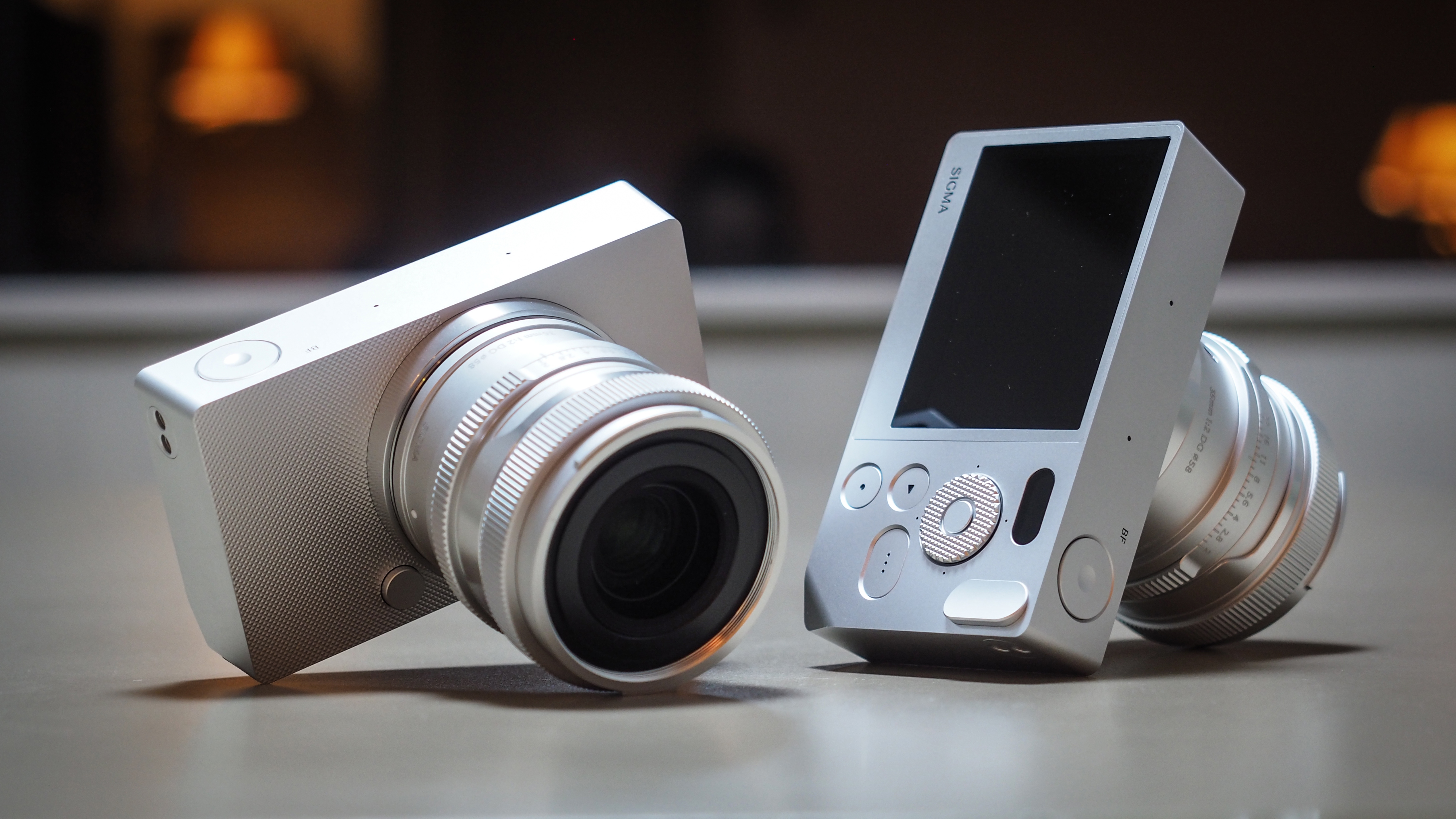The best film scanners in 2025: give your cherished negatives and slides new life
The best film scanners make it easy to digitize your beloved 35mm negatives, slides, and cine film so there is no risk of losing them

The best film scanners can take your film into the digital realm. Whether you've got an attic full of old negatives, or like me you're taking new photos with one of the best film cameras – a film scanner will quickly become the easiest way to share your shots online.
So as a film-scanning perfectionist, what do I think is the best scanner right now? For 35mm, I think it's the OpticFilm 8200i SE from the film scanning pros at Plustek; it extracts phenomenal levels of detail from your film, is backed up by excellent scanning software, and is sensibly priced. If you're after something that'll scan larger film or in large batches, then Epson's Perfection V850 Pro Photo flatbed scanner is a great, if very expensive, choice.
In this guide, I'll look at the main types of scanners: dedicated film scanners, specialist flatbed scanners, and tools for imaging your film slides like the excellent Valoi easy35. Scanning is often a trade-off between getting through rolls of negatives very quickly, or taking longer but rewarding you with a higher-quality image. Let's dive in.

Gareth is the Reviews Editor at Digital Camera World and the person in charge of approving all the latest camera-related tech. A passionate film photographer, he scans all his own films in search of that perfect quality and is always on the lookout for cleaner and faster scanning.
The Quick List
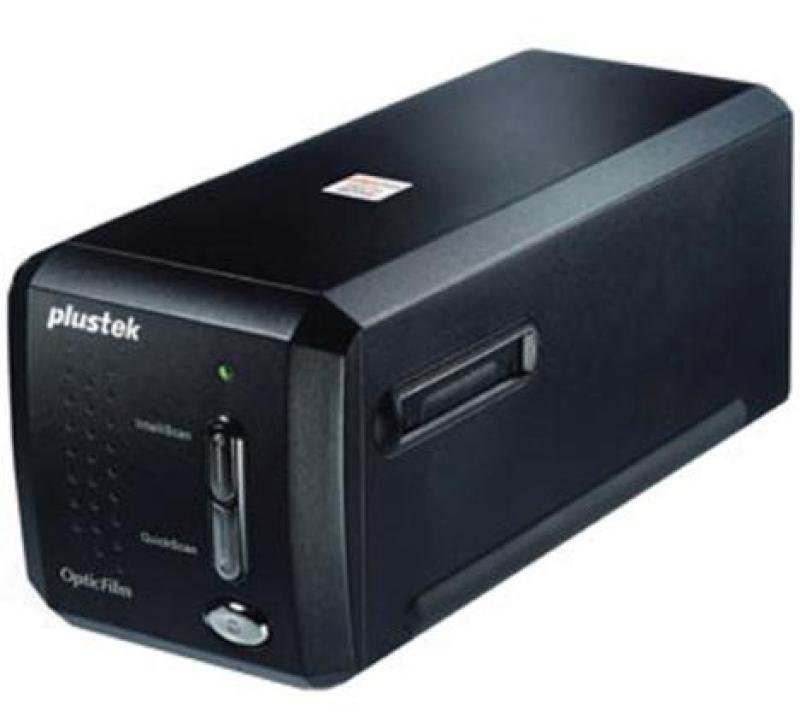
The OpticFilm 8200i SE could be mistaken for its baby 8100 sibling, however here you get a max 7200dpi scanning resolution and infrared dust removal. If you only shoot 35mm film, this is the best scan quality you can get.
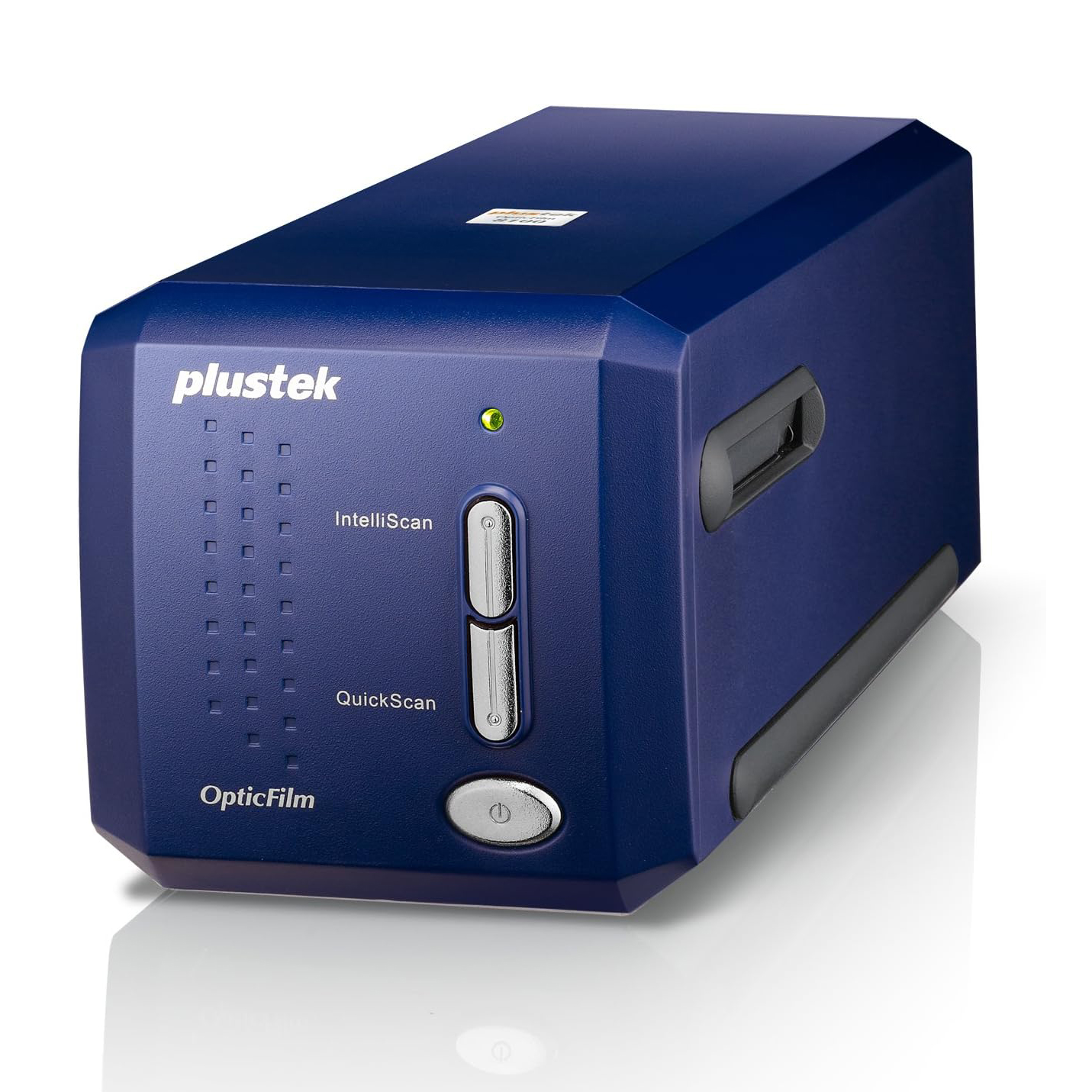
This scanner cuts out a few things from its more expensive Plustek siblings like infrared scanning for dust removal, but this makes it a much more wallet-friendly option that still gives the best scan quality for 35mm film.
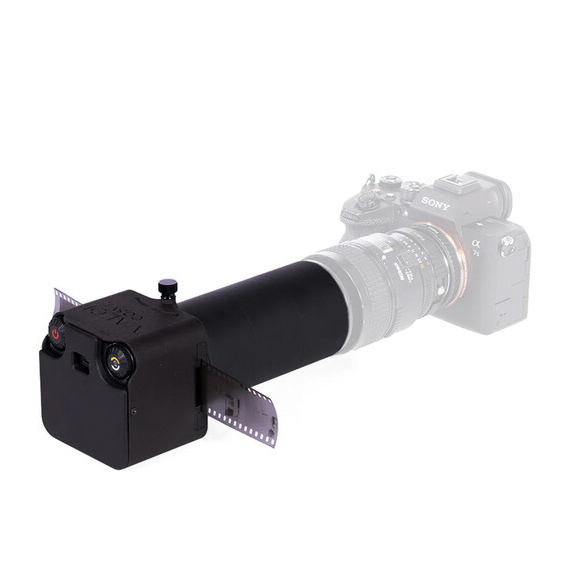
The easy35 film scanner from Valoi is not really a scanner at all, but a clever device that lets you "scan" film incredibly quickly and easily with your digital camera and macro lens – however it does mean that you have to already own these two things.
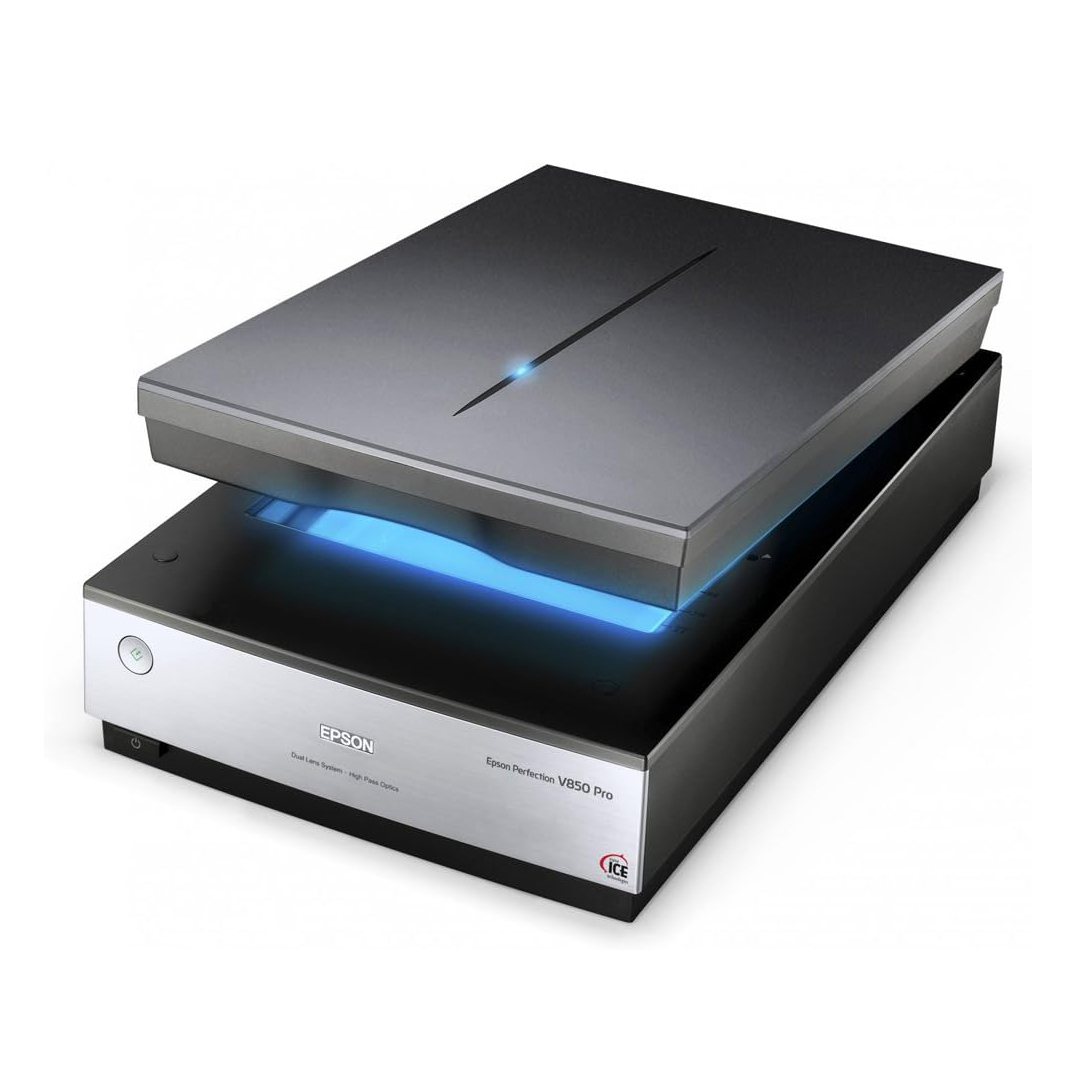
A huge monolith of a scanner, but this is the ultimate flatbed scanner for professionals who want to scan large film formats. The V850 Pro offers speed and some of the best quality you will find in any film scanner.

This scanner offers a fully automated scanning process that takes the effort out of scanning 35mm frames or mounted slides. Its only downside is the bundled software is not as advanced as other Plustek models.
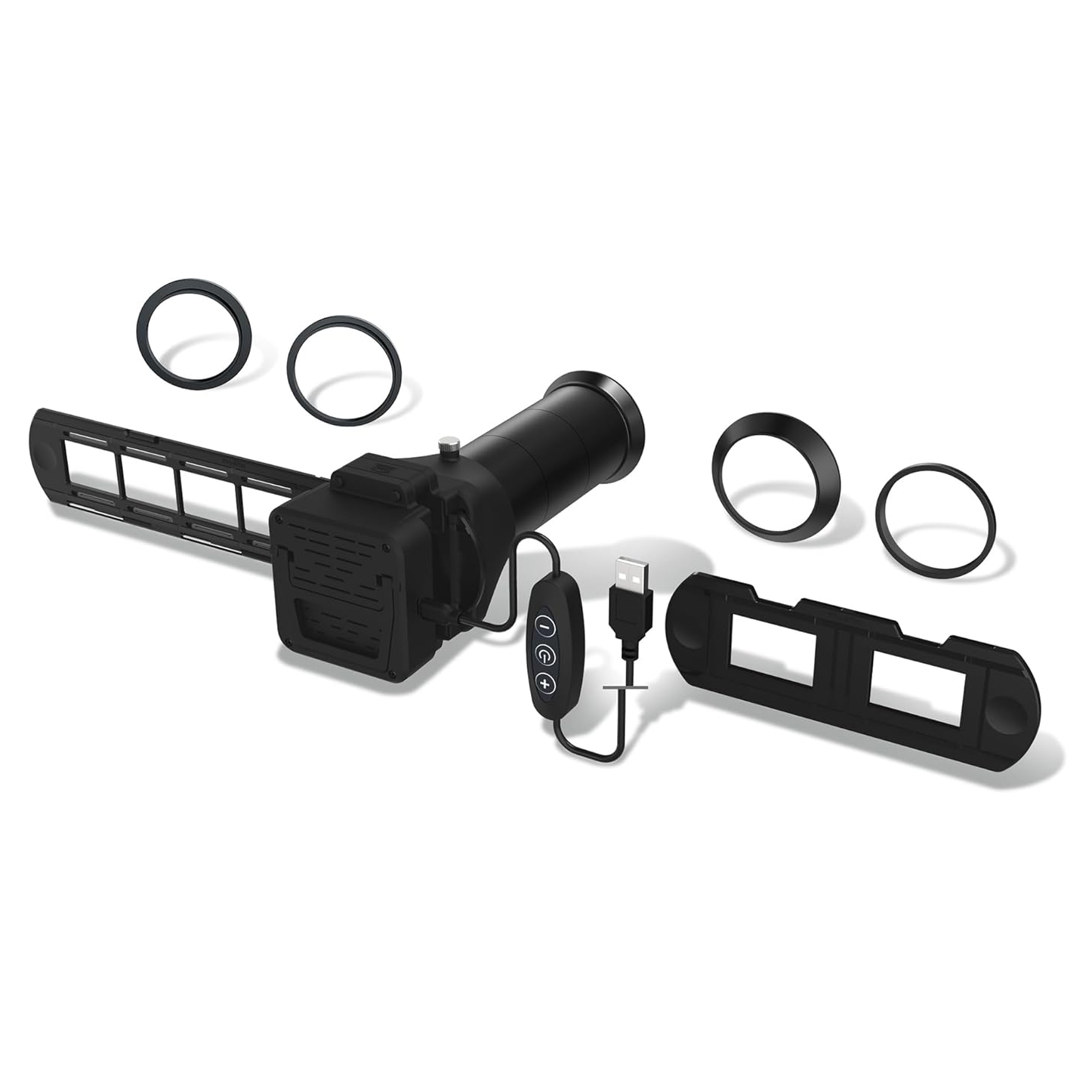
This might not be the best adapter for camera scanning (that goes to the Valoi easy35), but this is the cheapest. The open design of the back means there is some unfortunate light leaking, but overall quality is good for social or just archiving memories.
View the full list...
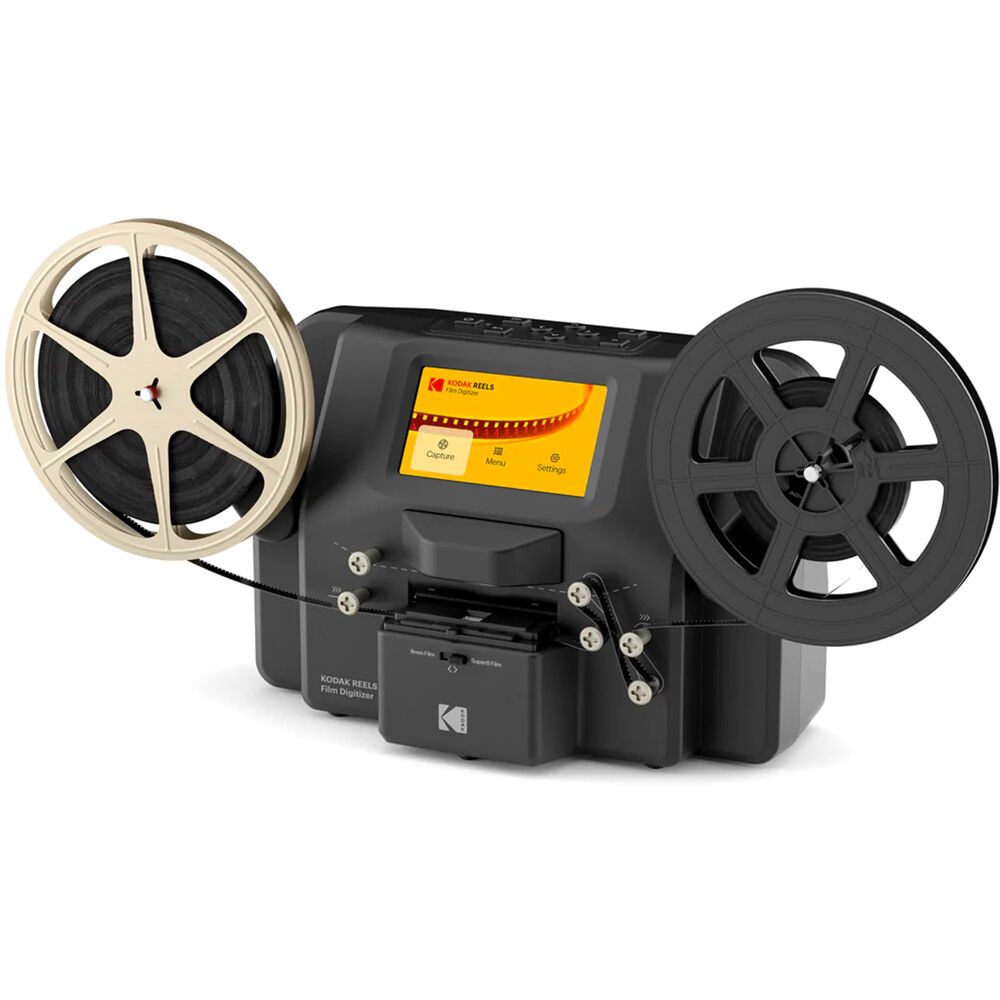
Simple to use, no computer required, and won't break the bank. If you want to digitize your Super8 film, then your choices are limited, but thankfully the Kodak Reels does a decent job at preserving precious memories.
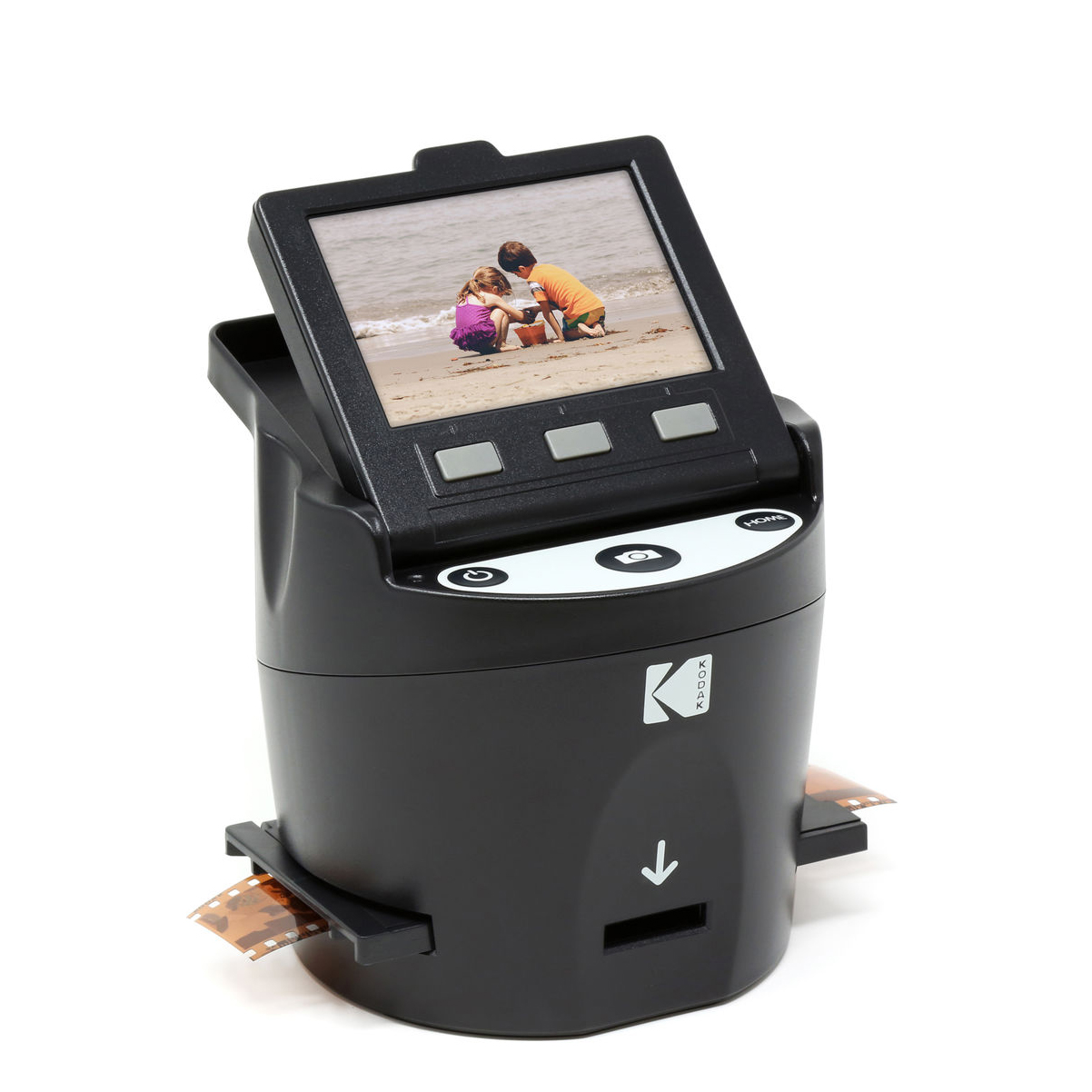
Digital scanning methods like the Kodak Scanza might not be the best you can get in image quality, but if you just want to secure some memories without spending a lot of time and money then it's a great option.
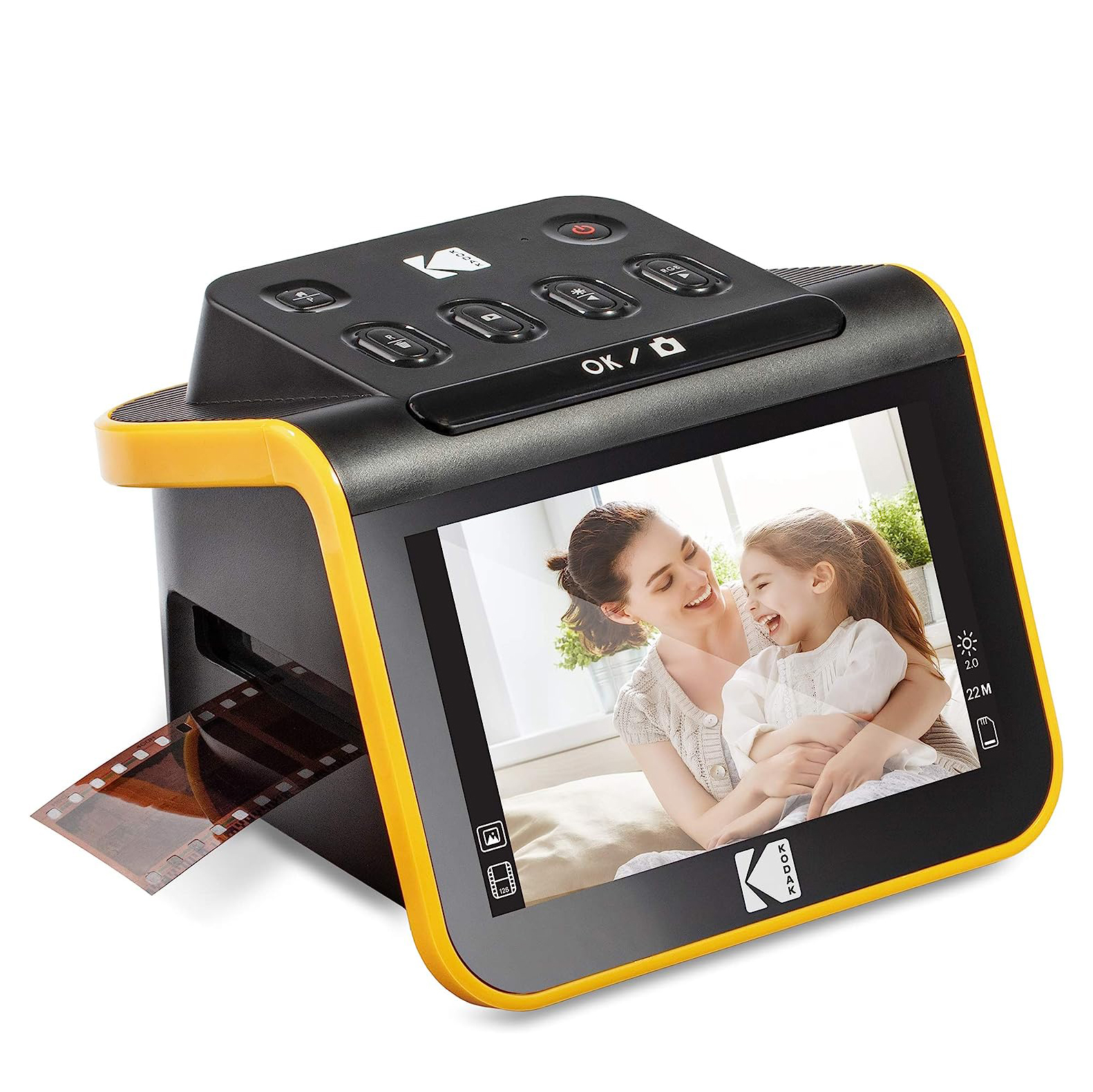
This is the easiest scanner on this list to use, with a big easy-to-see screen and lots of quick manual controls on the scanner base. But as another digital scanner, the quality can't compete with proper scanners.
The best film scanners: the full guide
Why you can trust Digital Camera World
Best 35mm film scanner
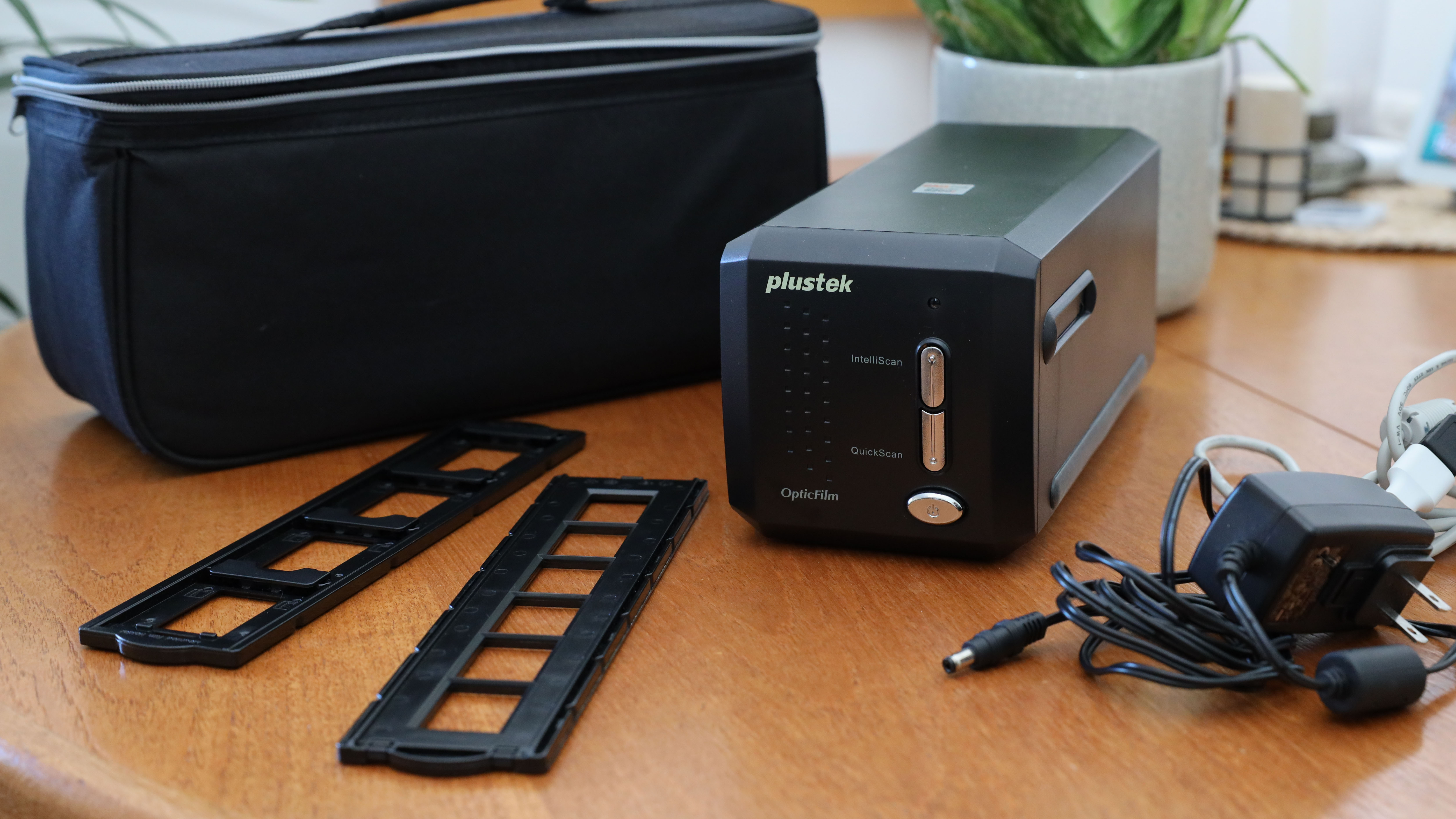
Specifications
Reasons to buy
Reasons to avoid
✅ You only scan 35mm film: the 8200i SE is only capable of scanning 35mm film in strips of 6 or less or mounted slides.
✅ You value quality over speed: scanning is slow, and there is no automation, which makes the 8200i SE labor-intensive, but the quality pays off.
❌ You want to scan a lot of film: the 8200i SE is laborious to use, the Epson or Kodaks below are faster automated ways to scan huge collections of 35mm film.
❌ You don't value image top quality: if you just want to save some memories, but don't care about perfect quality, there are faster and cheaper scanners (see Kodaks below).
I have picked the OpticFilm 8200i SE as my top choice as it strikes the perfect balance between image quality, ease of use, and price.
Apart from its black rather than blue finish, the OpticFilm 8200i SE could be mistaken for its baby 8100 sibling. It's almost identical on this inside too, but that's no bad thing, as that means you're assured top-notch scanning quality, providing you're prepared to wait a while when using max 7200dpi scanning resolution.
There's really only one key feature that separates the 8200i SE from the 8100, and that's its dedicated infra-red scanning channel. Combined with the iSRD feature in the bundled SilverFast scanning software, any dust and scratches on your negs are automatically detected and then removed from the digital scan - clever stuff.
The downside? The 8200i SE can cost quite a bit more than the 8100, making it rather less of a bargain. But if you regularly scan multiple negs that are likely to need dust and scratch removal, then the 8200i SE could be a real time-saver and worth the premium. The price difference between the two scanners is smaller in the US, making the extra convenience of the 8200i SE very tempting.
There is also a Plustek OpticFilm 8200i Ai available, a flagship model that adds color calibration software into the package - useful for color transparency scanning, albeit at a much higher cost.
Read more: Plustek Opticfilm 8200i SE review
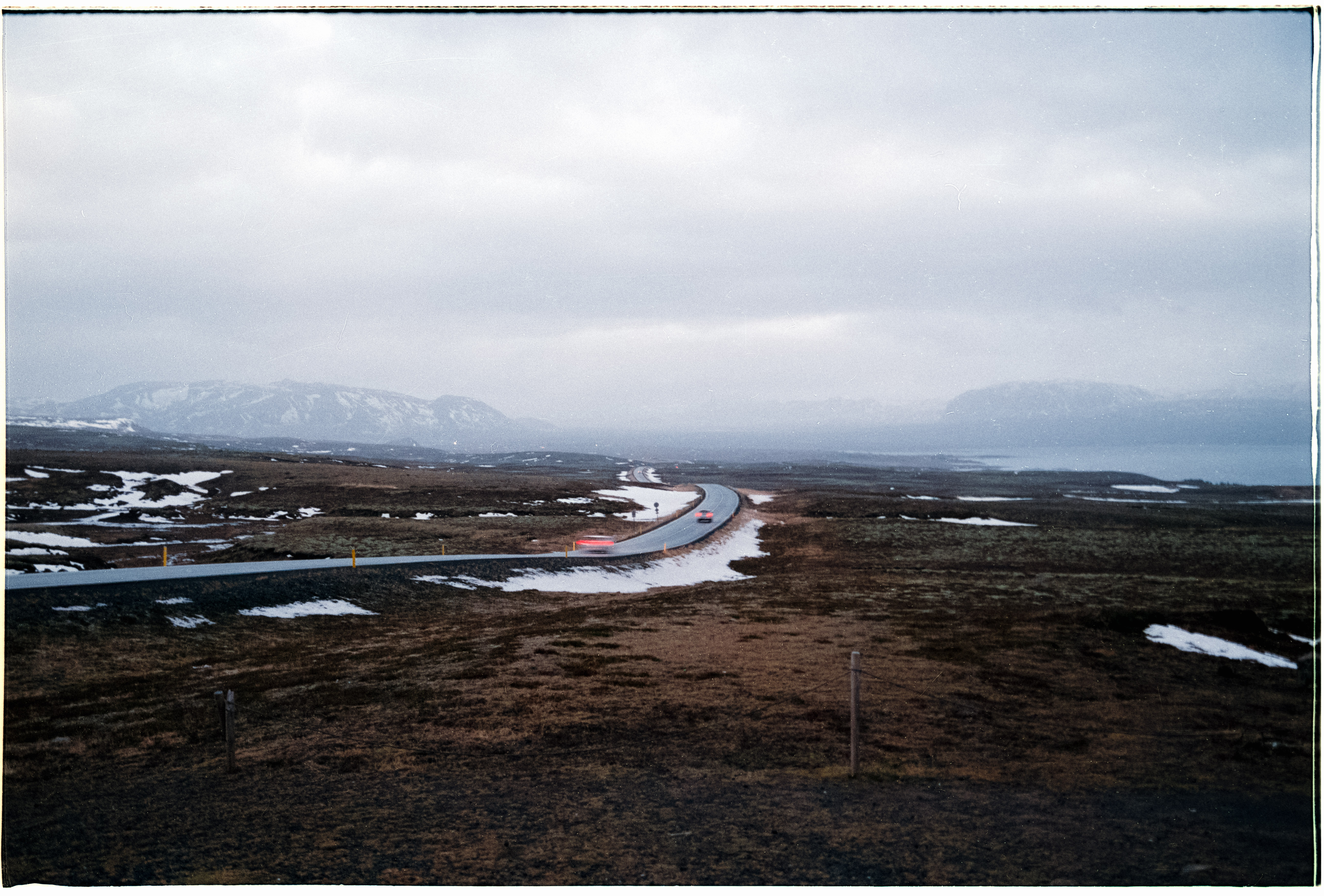
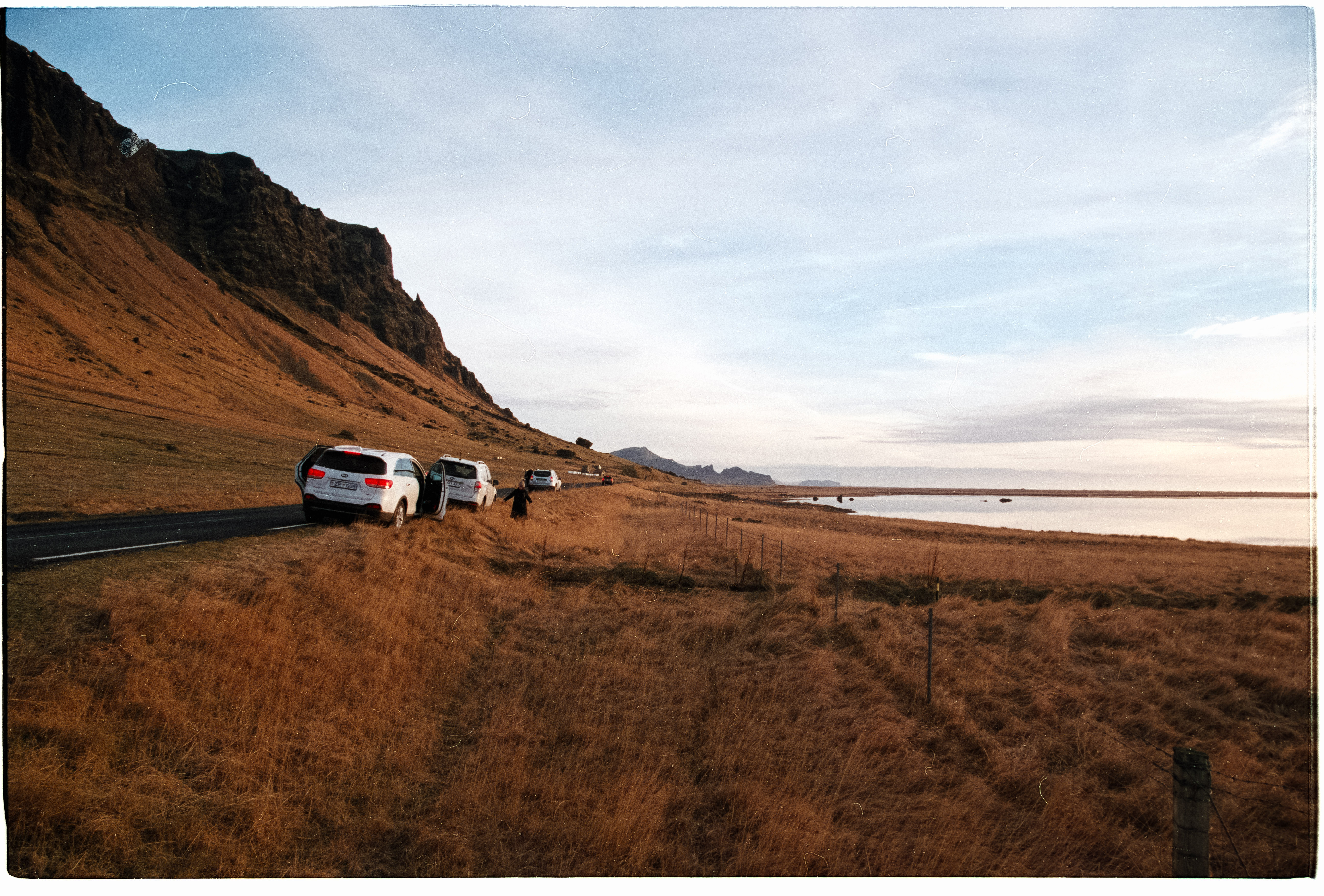
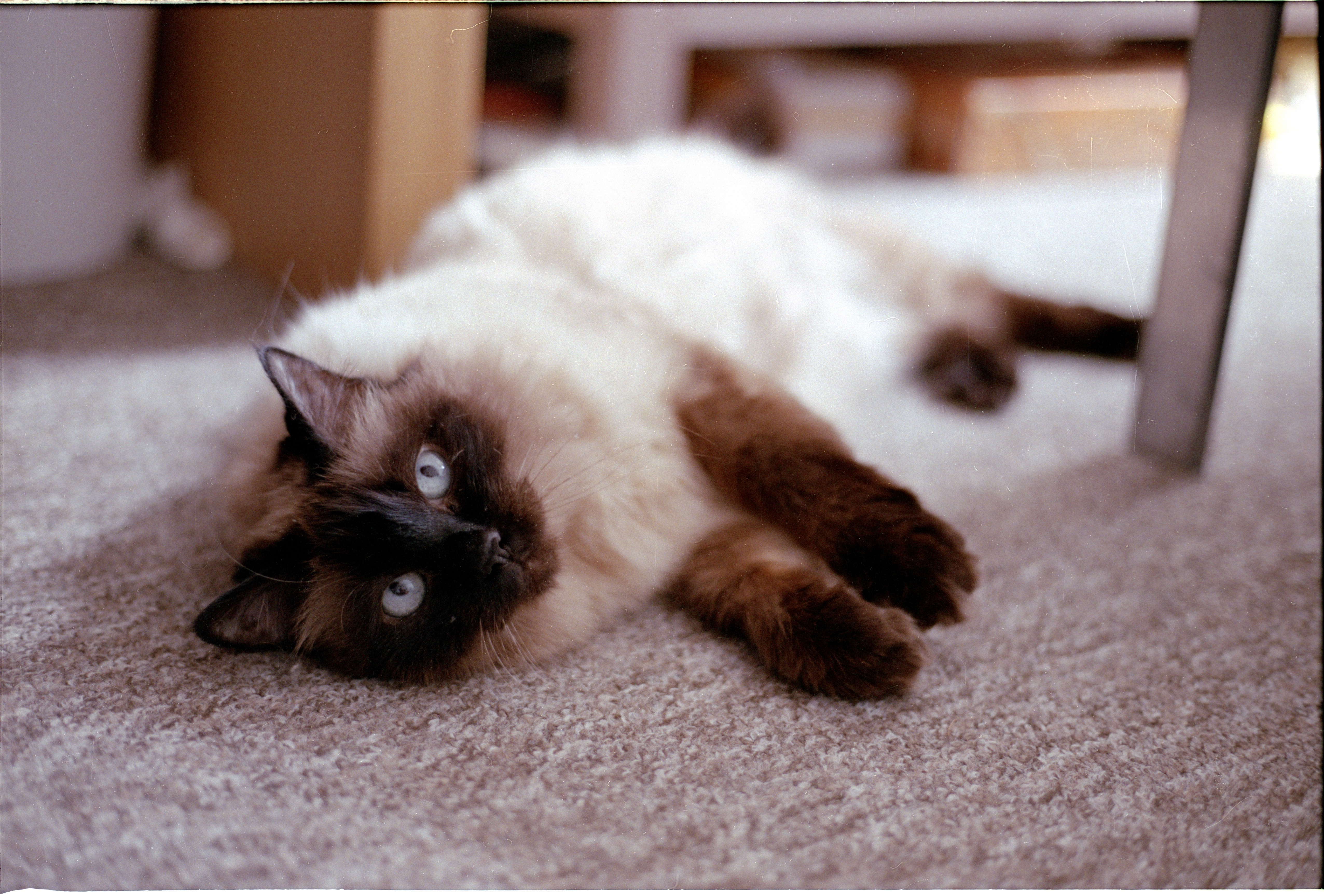
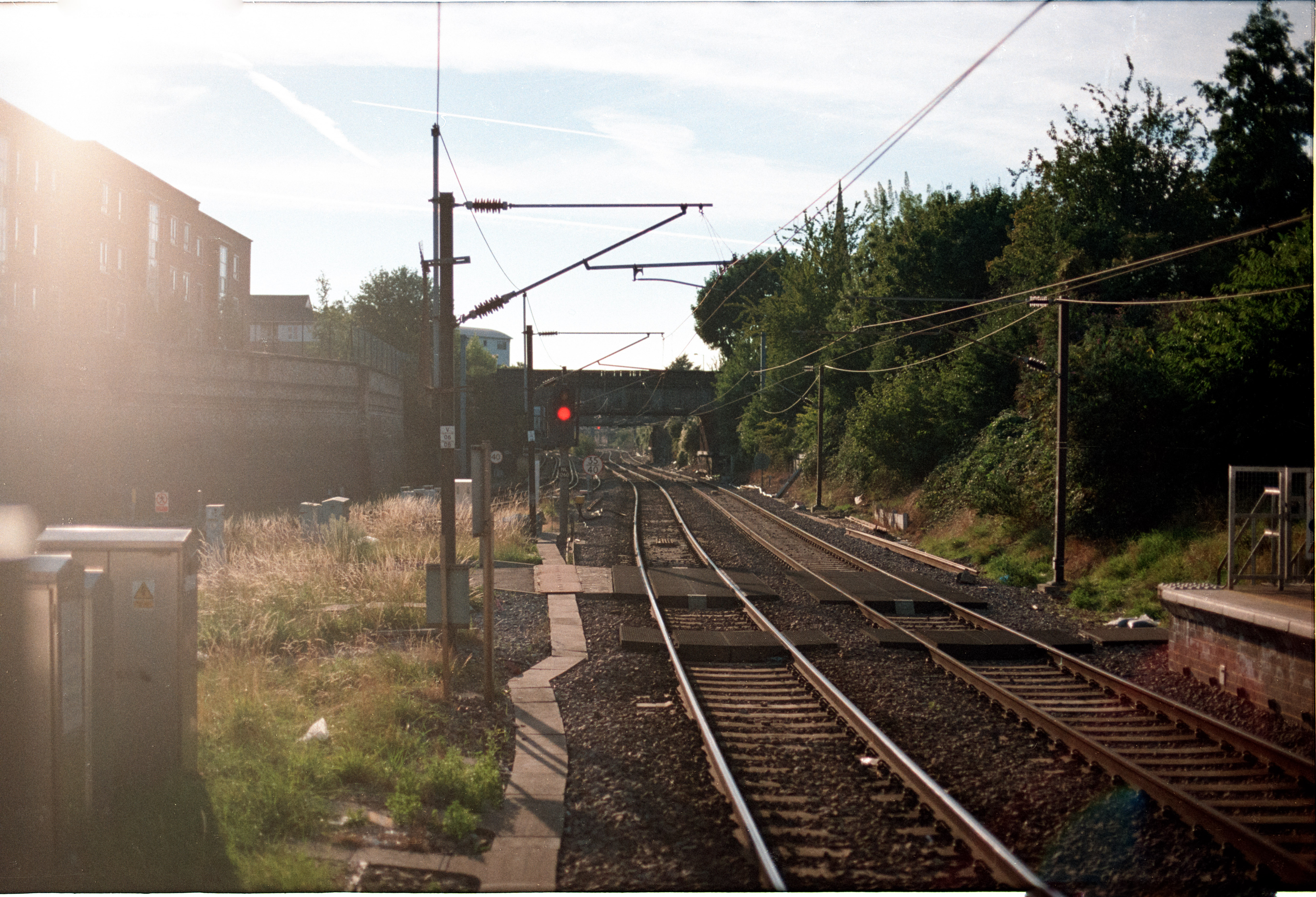
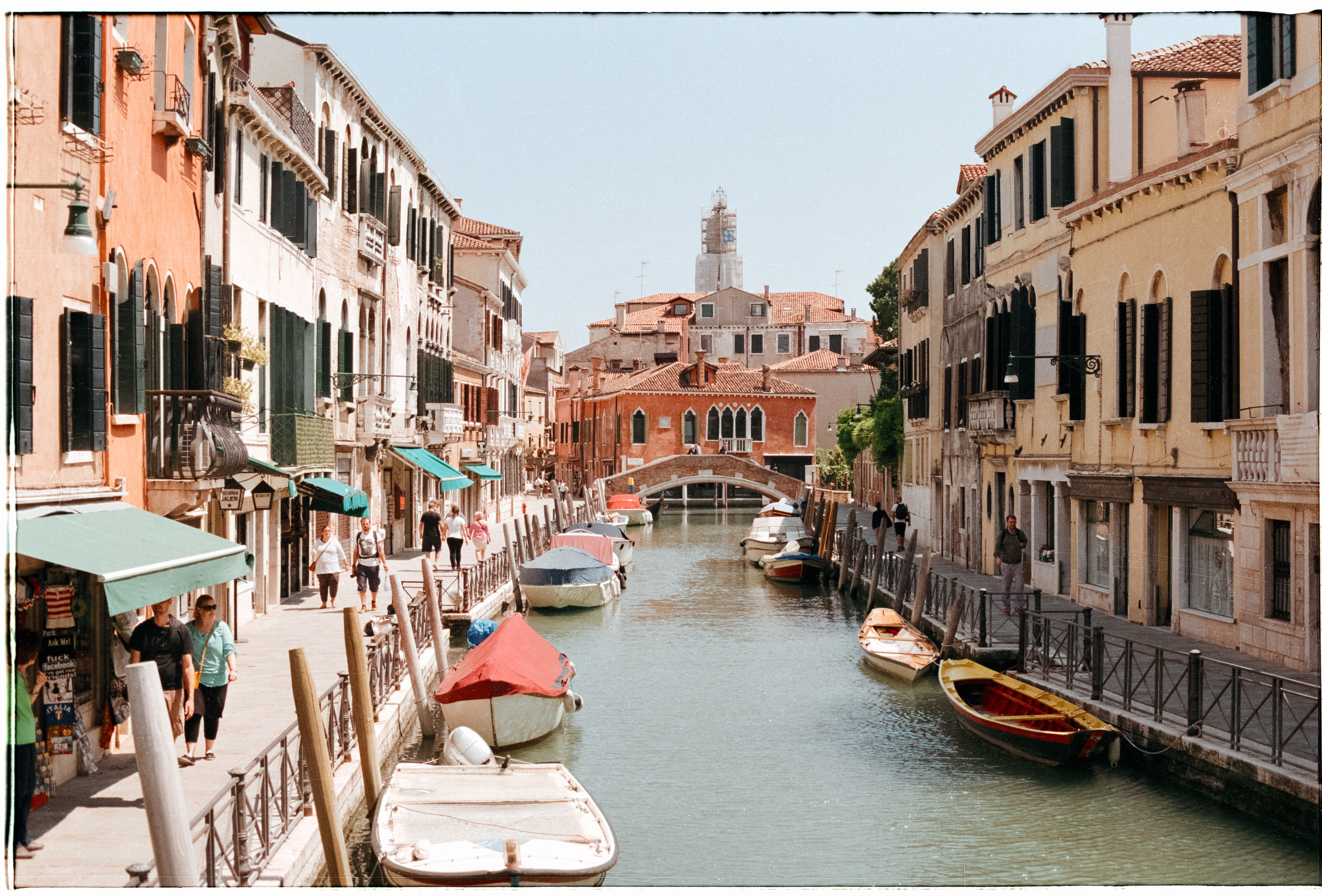
Features | 7200DPI, infrared scanning, and bundled Silverfast are all great, but it is limited to 35mm frames only. | ★★★★★ |
Design | Compact and lightweight, with its included case, it is easy to store. | ★★★★★ |
Performance | Fantastic image quality but quite slow at high resolutions and takes some manual work. | ★★★★★ |
Value | An affordable way to get high-quality images, although is pricey for just casual scanning. | ★★★★★ |
Best 35mm film scanner on a budget
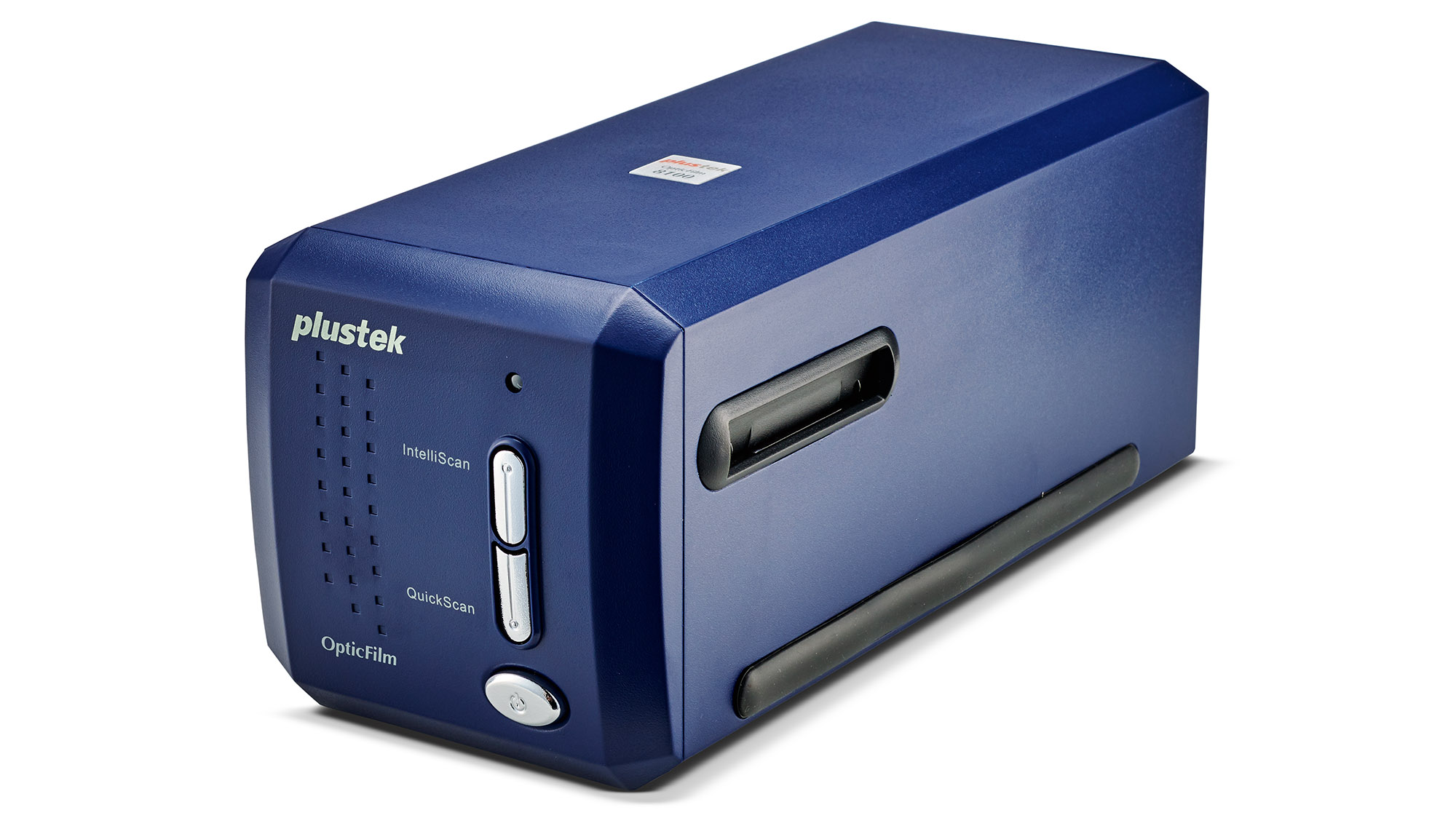
2. Plustek OpticFilm 8100
Our expert review:
Specifications
Reasons to buy
Reasons to avoid
✅ You want the best scans on a budget: it might not have infrared, but the quality from the 8100 is the best you will get for the price.
✅ You want a small scanner to store: the 8200i is a fraction of the size of the flatbed scanners and its shape makes it easy to store when not in use.
❌ You want to scan big collections of film: there is a lot of manual work to scan a roll of film with the 8100, a flatbed scanner like those below can take some of the work out.
❌ You want to scan multiple formats: the 8100 only scans 35mm and mounted slides, if you use other film types, check out the Epson flatbed scanners.
This is the baby of the OpticFilm range, yet it still boasts a respectable 7,200dpi maximum scanning resolution. It sits below the OpticFilm 8200i SE (above) in price but misses out on the infrared scanner of its big brother.
The OpticFilm 8100 also has a real optical film scanner and not just a digital camera sensor in a scanner body. This does however mean the 8100 is no speed demon. Each 35mm film frame takes nearly 4 minutes to scan at max res, but 3,600 dpi is more than adequate for most film stocks and you’ll have a scanned frame in 1 minute 20 seconds.
Though the front panel has a QuickScan button that automatically scans and saves a frame to your computer desktop, it’s best to load up the bundled SilverFast software that provides comprehensive scanning options and pre-scan image enhancement.
Even without messing with the settings, and scanning at 3,600 dpi, the 8100 is in a league of its own for scan quality, extracting bags of detail from our 35mm negs and transparencies. It also lets you scan the entire film frame with no overzealous cropping. The 8100 can struggle to reveal every detail in the shadow areas of high-contrast 35mm slide positives, but this is our only nitpick.
Features | Misses out on infrared scanning, but the quality is still excellent with 7200DPI resolution. | ★★★★☆ |
Design | Small enough to slip into a cupboard when not in use, scanning does take manual work though. | ★★★★★ |
Performance | Doesn't have the miraculous dust removal capabilities, but image quality is still sublime. | ★★★★★ |
Value | Incredible price for the quality you get, although not a big step up to the 8200i SE. | ★★★★★ |
Best for camera scanning film
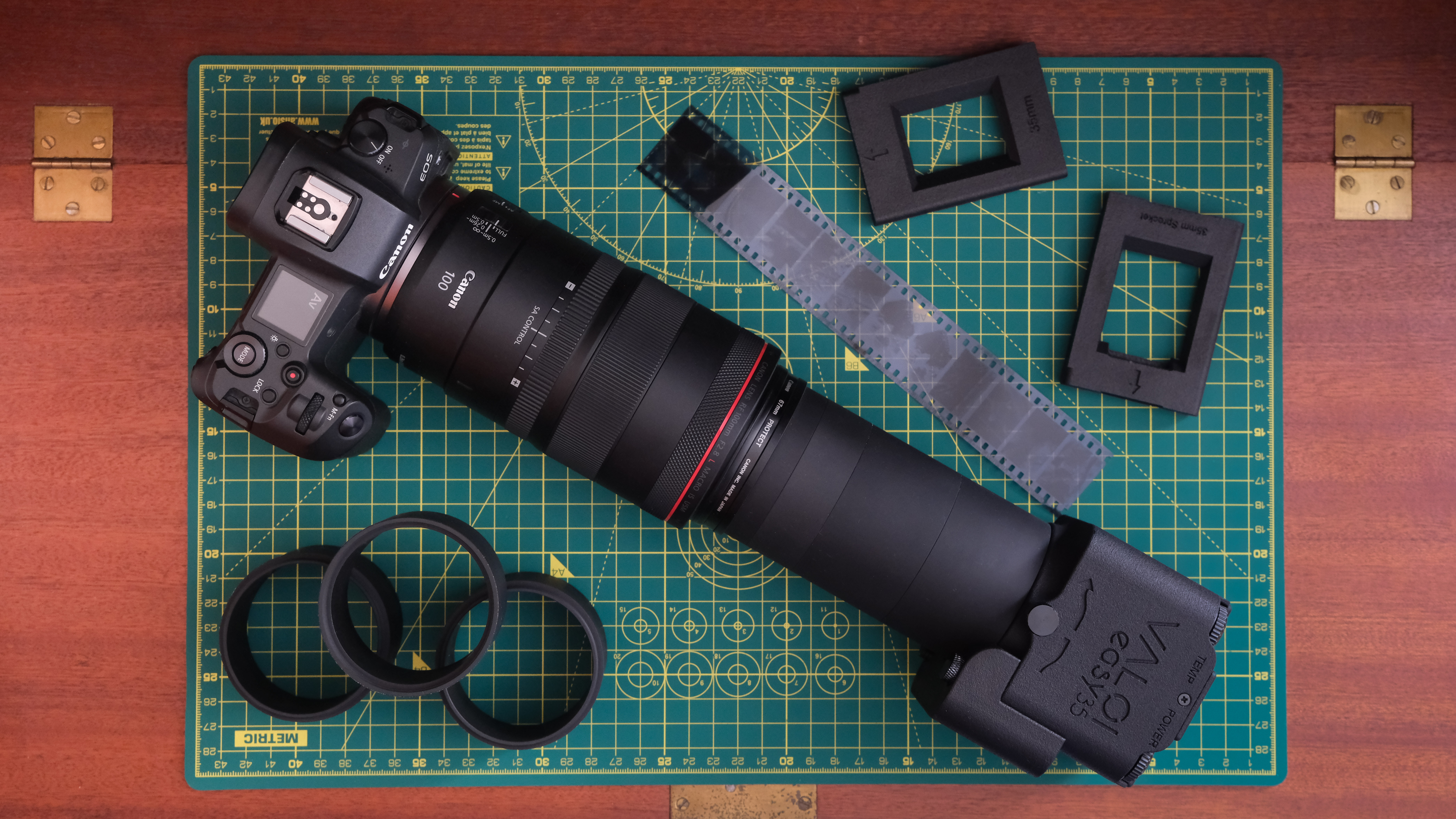
Specifications
Reasons to buy
Reasons to avoid
✅ You want an incredibly fast way to scan a whole roll of film: the easy35 can scan a whole roll of film in just a few minutes – all in fantastic quality.
✅ You want a scanner that requires minimal setup: the easy35 is small and easy to store, requires minimal space to be used, and takes just seconds to attach to a camera and get scanning.
❌ You don't have a digital camera or macro lens: a digital camera and macro lens are both essential to use the easy35, if you don't have these then they are quite a substantial added expense.
❌ You want to scan medium format film: the easy35 is only suitable for 35mm film or smaller.
The Valoi easy35 isn't a film scanner per se, but rather an ingenious device that lets you "scan" your film with a digital camera and macro lens. Camera scanning has been around for quite a while, but I have never discovered a system that makes it quite as easy as the easy35. It has changed the way I think about camera scanning and film scanning – and deserves its place on this list.
In fact, the only reason that it isn't higher is that it's not quite the complete package, and there are a few caveats to using the device that means it's not for everyone. The big downside to the easy35 is that unless you own a decent digital camera and macro lens (and one of the right focal length), as well as a copy of conversion software and editing software, then you won't be able to scan a thing.
But if you already own all the required kit, or if you shoot film a lot then this might be a worthwhile investment, but for the casual film enthusiast, it's a lot of initial expense.
However, if you want to go down this route, then the easy35 is the fastest and simplest method of scanning I have ever used. With a few different cameras and lens combos I tried, it made producing brilliantly lit, flat, and consistent frames the most minimal of effort, with the system sealing out all outside light and the holders doing a great job of preventing stray light coming from around the outside. The easy35 comes with a standard 35mm film holder, but you can also buy holders for 35mm sprockets, half-frame, and a lot of other smaller formats.
I was sold on dedicated scanners, but after using the easy35 and seeing the ease and quality of camera scans, I have completely shifted to using the Valoi easy35 as my main method for scanning all my film.
Read more: Valoi easy35 film scanner review

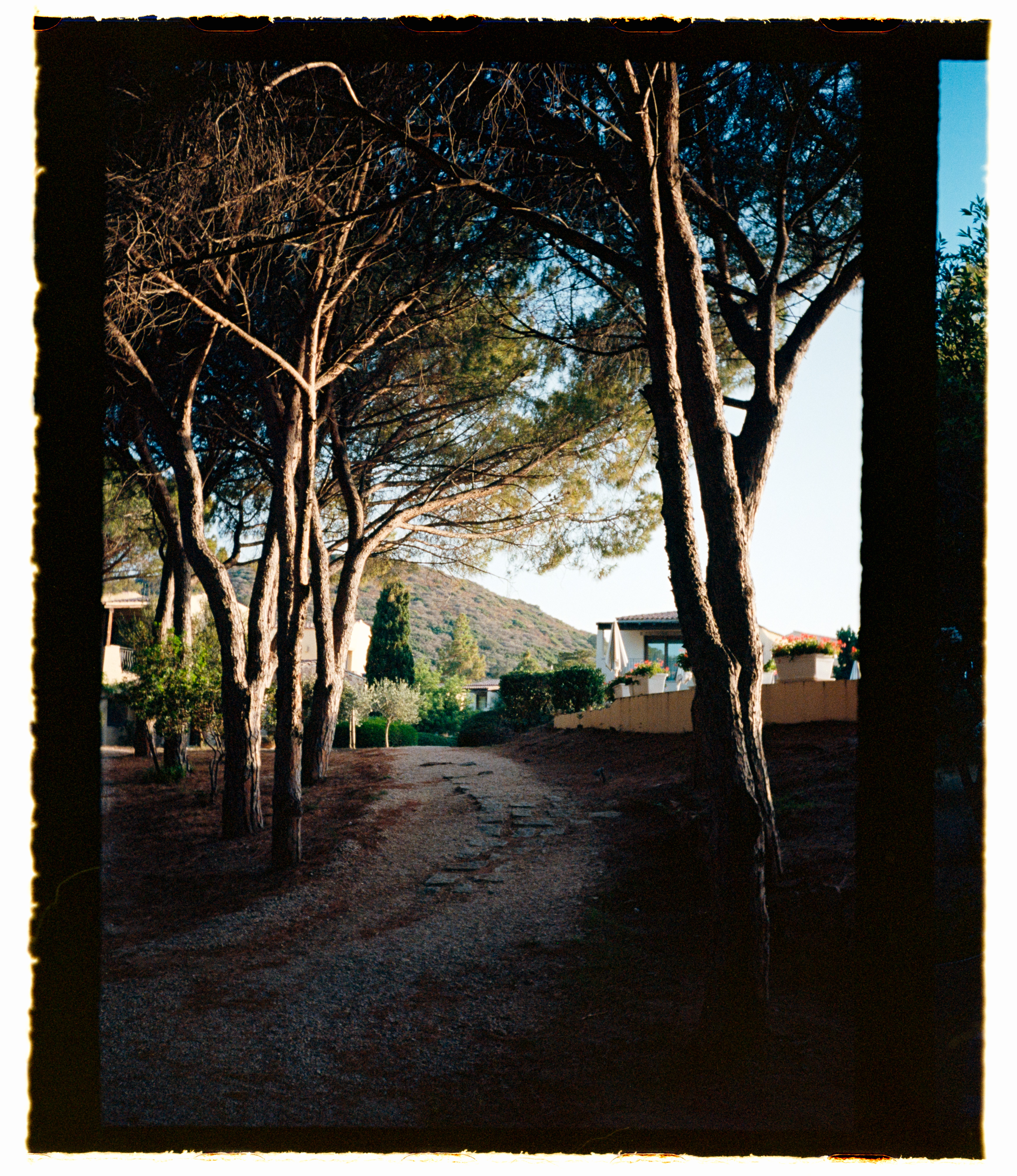
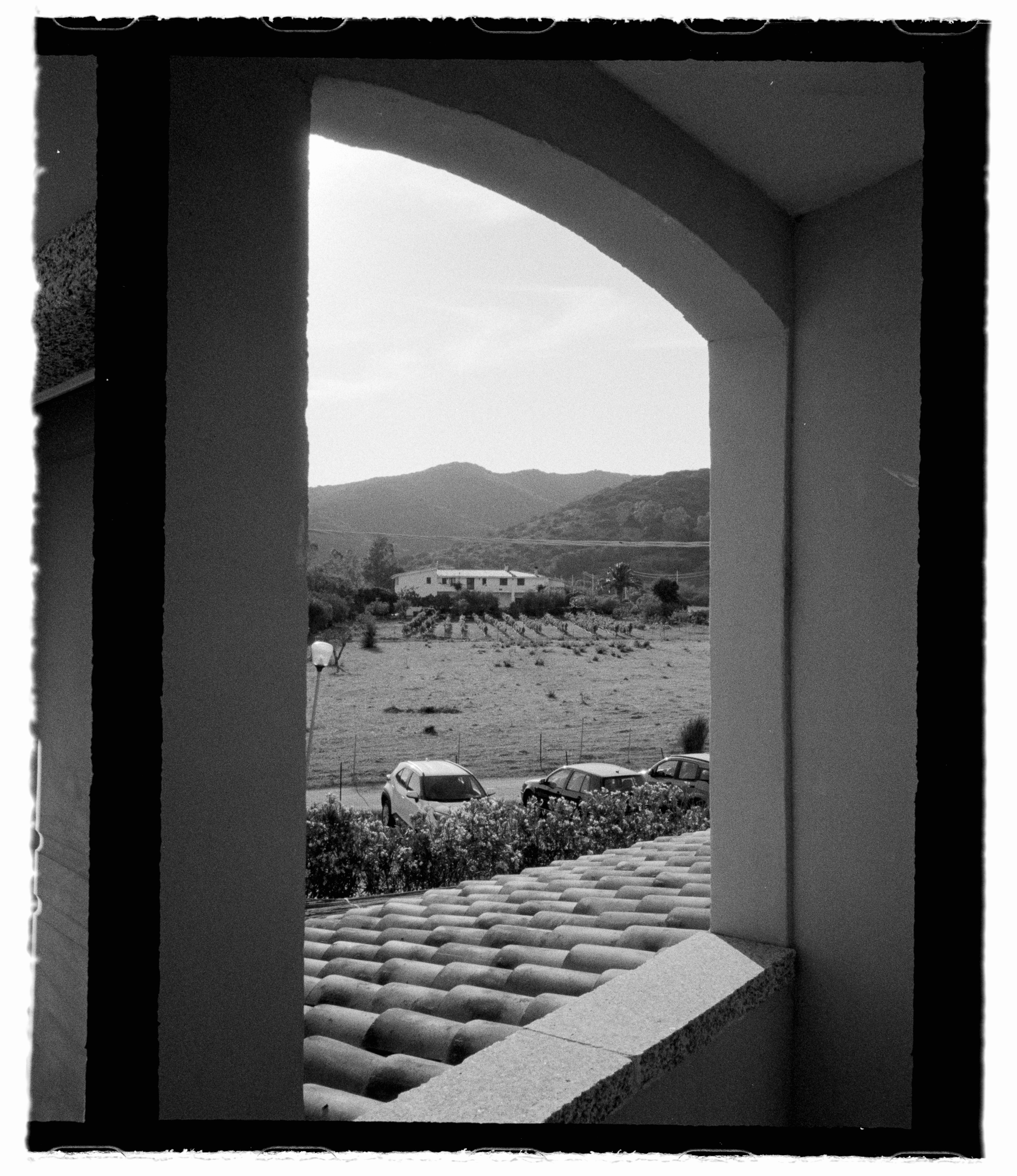
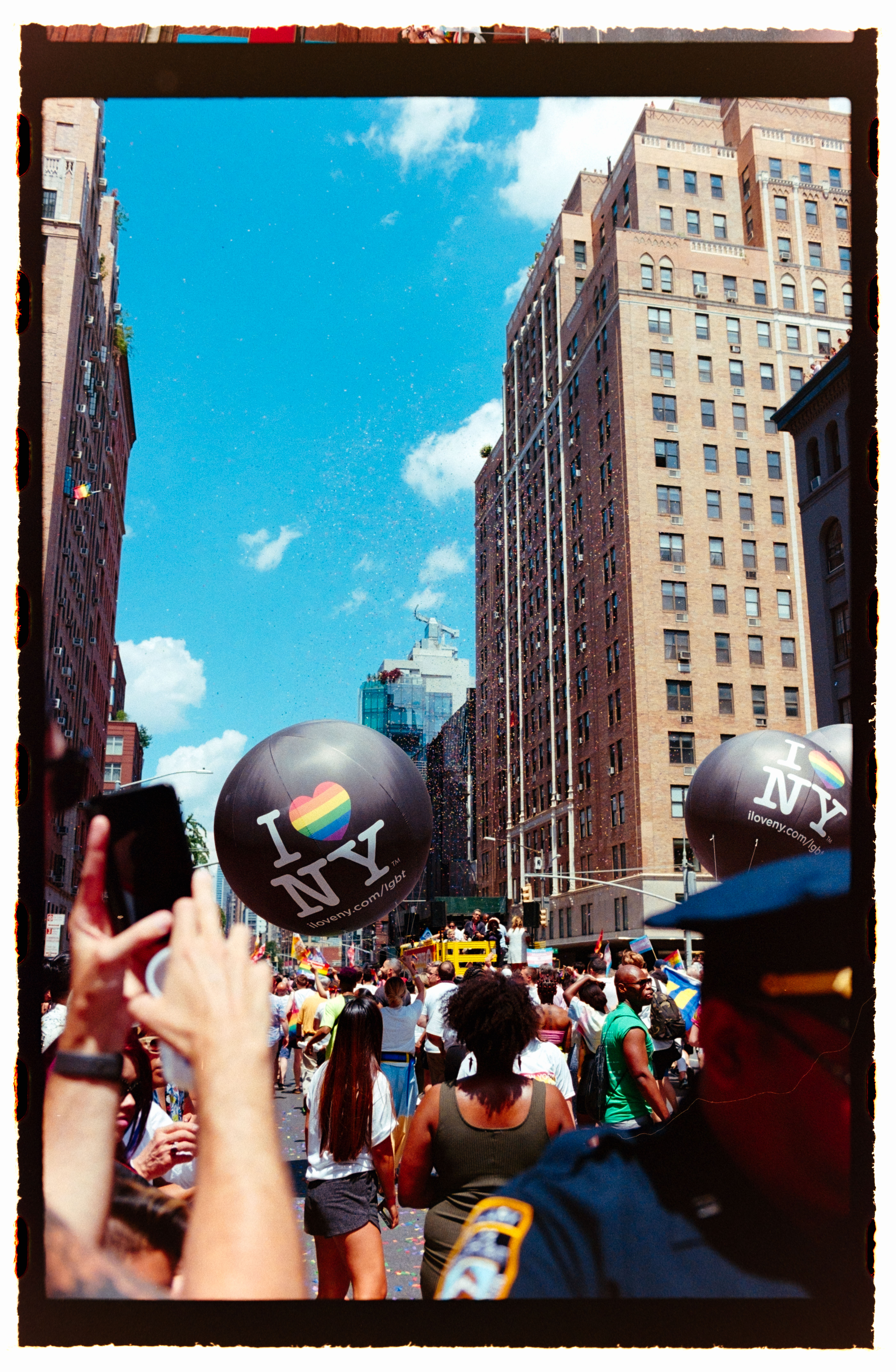
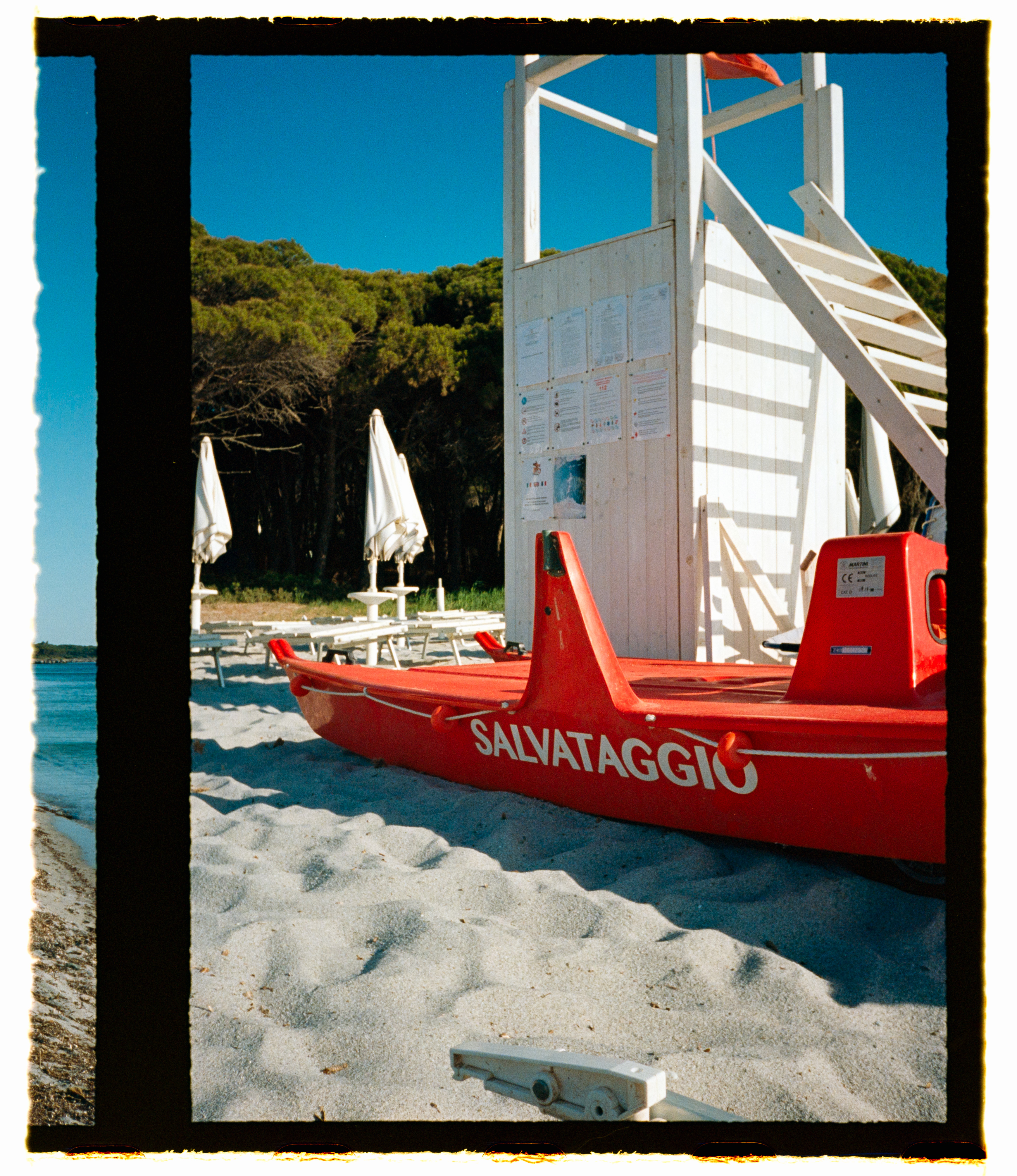
Features | Simple device holds film flat in front of a diffused light source for capture. | ★★★★★ |
Design | Lightweight but solid feeling. Easy to feed through film. Rough exterior is a magnet for fluff. | ★★★★☆ |
Performance | Light is bright, consistent, perfectly diffused, no light leaks and the film is held perfectly flat. | ★★★★★ |
Value | Good value and cheaper than most scanners, but, requires a lot of other expensive gear to work. | ★★★★☆ |
Best film scanner for professionals
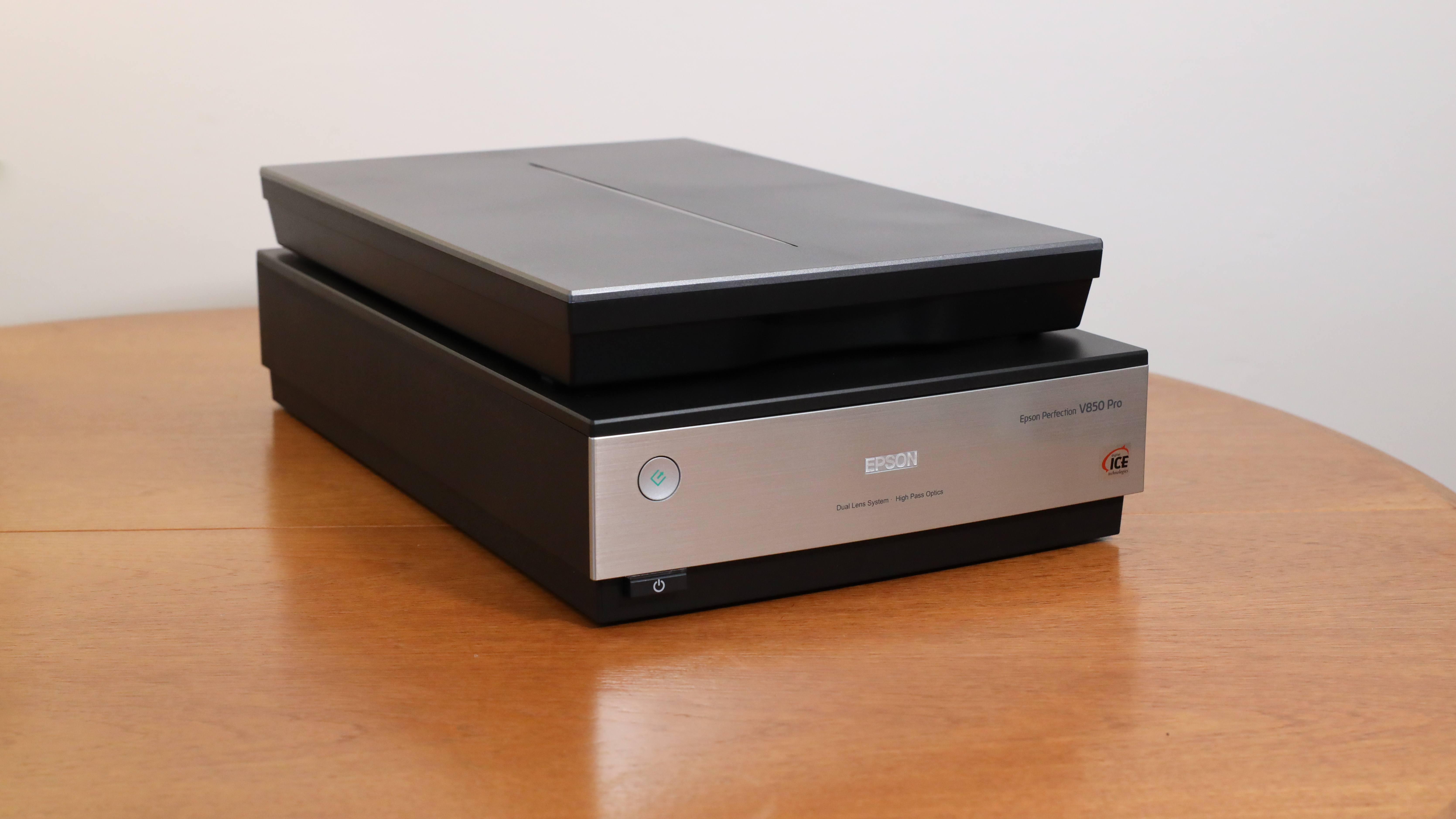
Specifications
Reasons to buy
Reasons to avoid
✅ You need the best quality for large formats: the V850 can scan pretty much anything, but for large format film with pro results, it is the best.
✅ You want some automation: you can set the V850 up to scan multiple frames consecutively while you get on with other work.
❌ Your space is tight: the V850 is an enormous scanner, and it will dominate your desk, it is also too heavy to move frequently.
❌ You care about quality but also value: both the Epson V600 and Plustek achieve similar quality scans for a much lower price point.
Positioned at the pinnacle of Epson’s scanner range, the V850 Pro is aimed squarely at film professionals in need of the best possible conversion to digital images, and with the money to splash on a pretty expensive bit of kit.
The Epson V850 Pro has the benefits of tackling multiple formats of film in one device, however, if you only shoot 35mm film, then I would say that the Plustek 8200i SE at the top of this guide gives equally if not more impressive results for around half the price.
The V850 does come with two sets of film holders - a 35mm film strip and a 35mm slide holder, both of which feel better quality than those included with the V600 Photo. The whole scanner does feel a step up in quality from the V600, so you do get some added value for all that extra cash. The scanner itself is pretty huge though, and took over half my desk, it's also very heavy to move around and hard to store.
In general though, image quality from the V850 is fantastic, and the best home flatbed scanner I have used yet for scanning larger formats of film. I was impressed by this scanner's dedicated lens for film and max optical resolution of 6400 dpi. But it still wasn't night and day versus the considerably cheaper Epson V600, and most of the time, I couldn't find any differences. Unless you really want to pixel peep, I think for most people the V600 is much better value.
Read more: Epson Perfection V850 Pro review

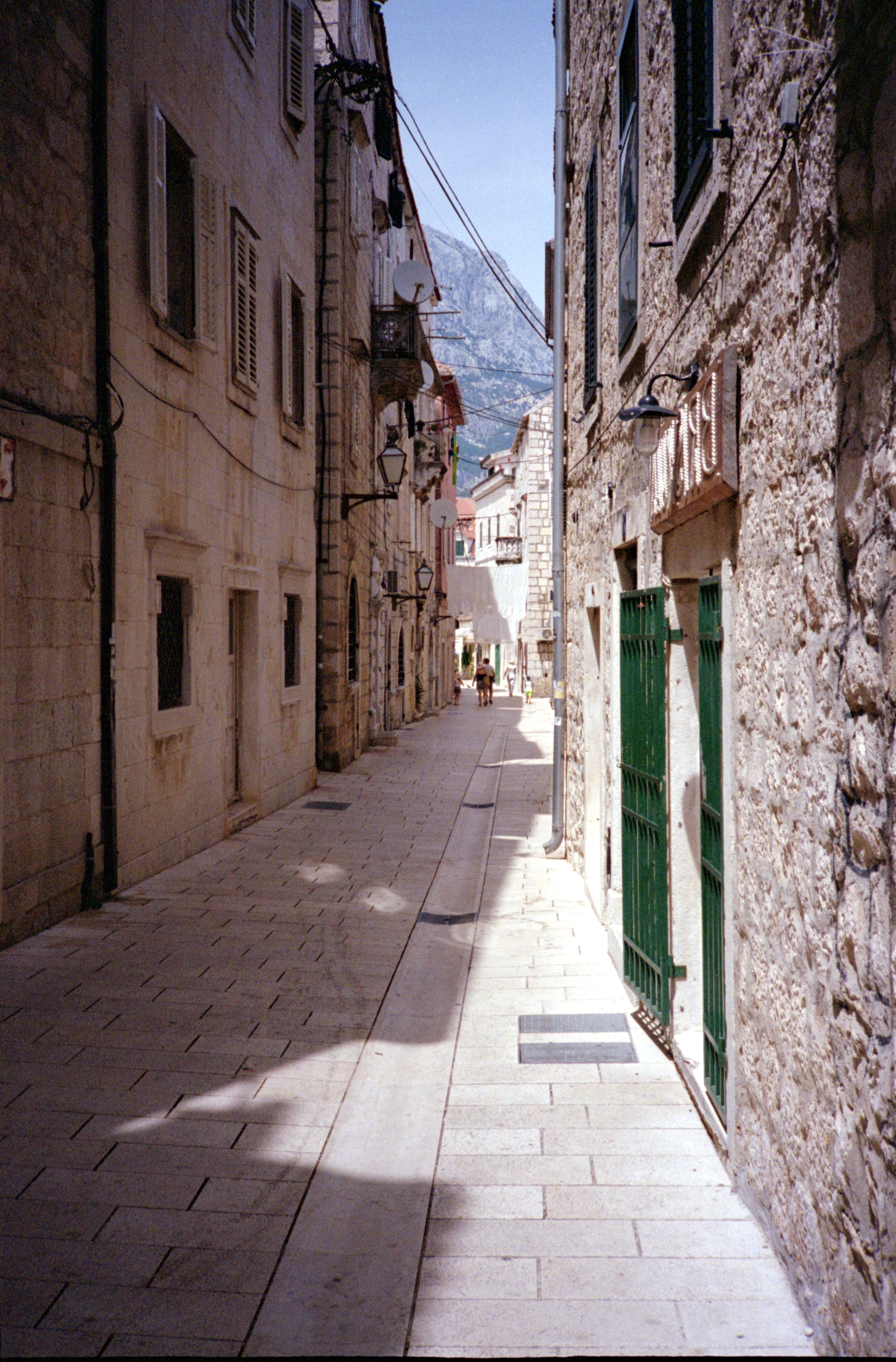

Features | High quality cans of all common film film formats as well as documents. | ★★★★★ |
Design | This scanner is massive, and heavy, it will dominate your desk and is not easy to store. | ★★★☆☆ |
Performance | Professional levels of performance with automated batch scanning producing high-quality frames. | ★★★★★ |
Value | Very expensive, I would argue too expensive when the V600 does almost the same job. | ★★★☆☆ |
Best for automated 35mm scanning
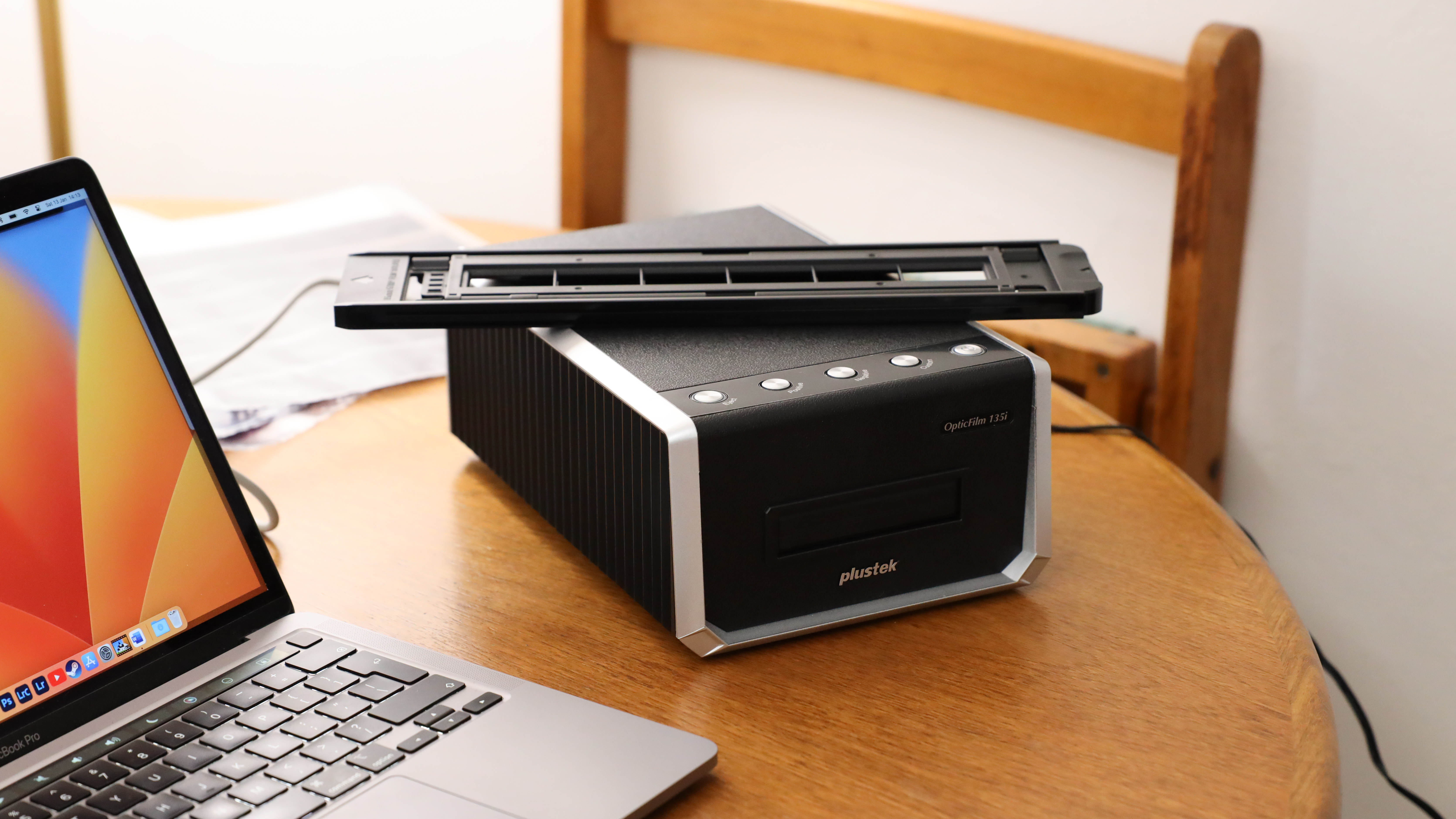
Specifications
Reasons to buy
Reasons to avoid
✅ You don't mind buying extra software: this scanner has so much potential that can only be released with an additional purchase of Silverfast or VueScan.
✅ You want entertaining automation: watching the scanner push the holder in and out is amusing, but it also saves a lot of manual work.
❌ You don't want to buy extra software: the included software is very poor, and I wouldn't recommend the 135i without an additional software purchase for Silverfast or VueScan.
❌ You hate noise: the automated slider is quite noisy, which won't suit any quiet environments.
The OpticFilm 135i from Plustek is a hard one to recommend wholeheartedly. The scanner packs amazing hardware, with high-resolution 7200 dpi quality, an infrared channel for identifying and automatically removing dust and scratches, as well as a fully automated film holder that can scan up to six 35mm frames or six mounted slides at the touch of a button.
Sounds amazing no? Well, the trouble is that the included software – Plustek QuickScan Plus is just a bit lousy. This is one of the only Plustek film scanners you can buy (and the only one on this list) that doesn't come with a copy of the superior SilverFast SE Plus in the box. QuickScan Plus' processing of images leaves a lot to be desired in terms of peak quality, with a lot more digital noise and inaccurate colors than is ideal.
Why is it on this list? Well, if speed over ultimate quality is your main concern then, the 135i with QuickScan will suffice.
My recommendation though would be to purchase a license of SilverFast (or similar software – VueScan) this is an extra expense, but with the right software, the OpticFilm 135i is hands down one of the best hardware scanners you can buy for 35mm film.
Read more: Plustek OpticFilm 135i review

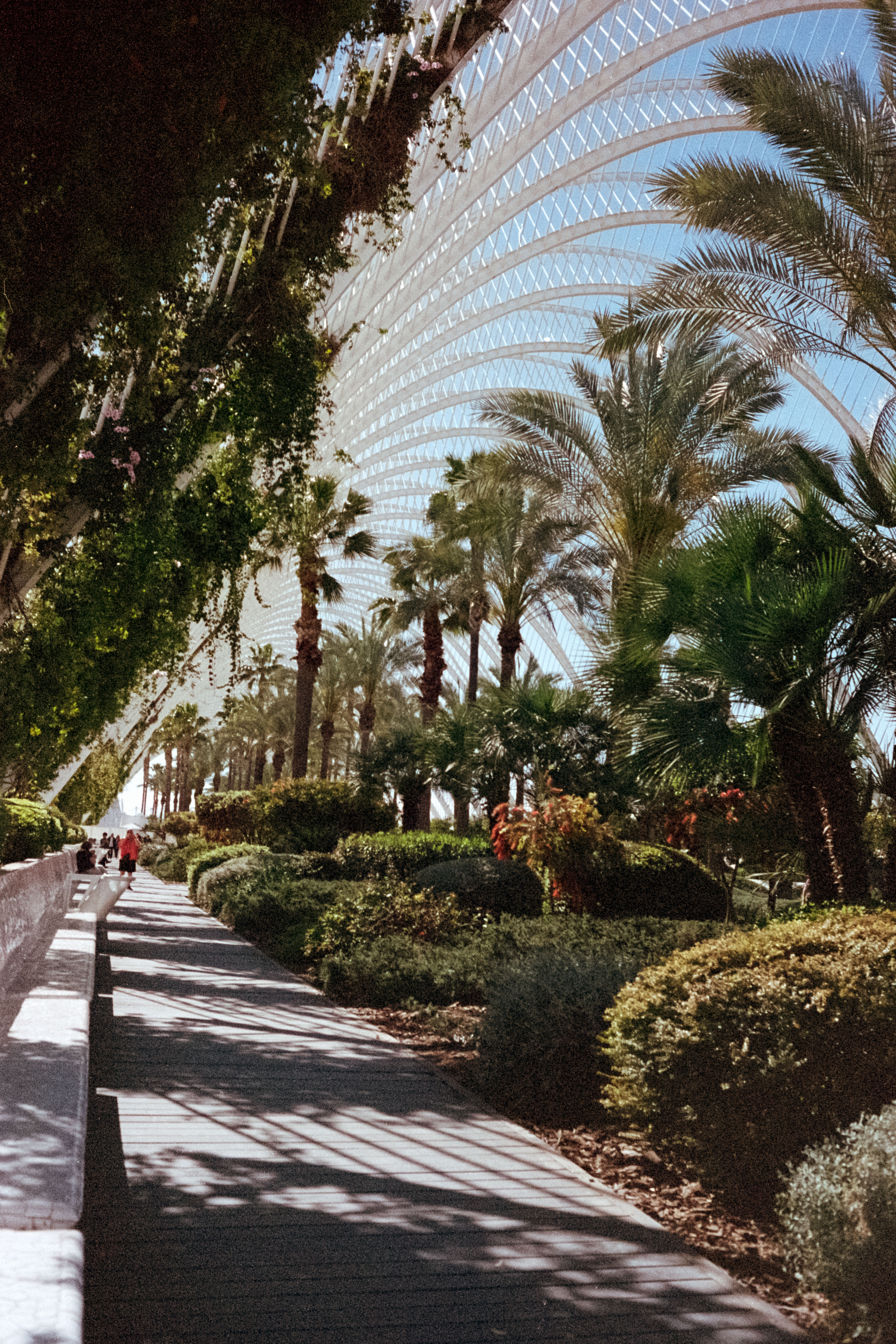
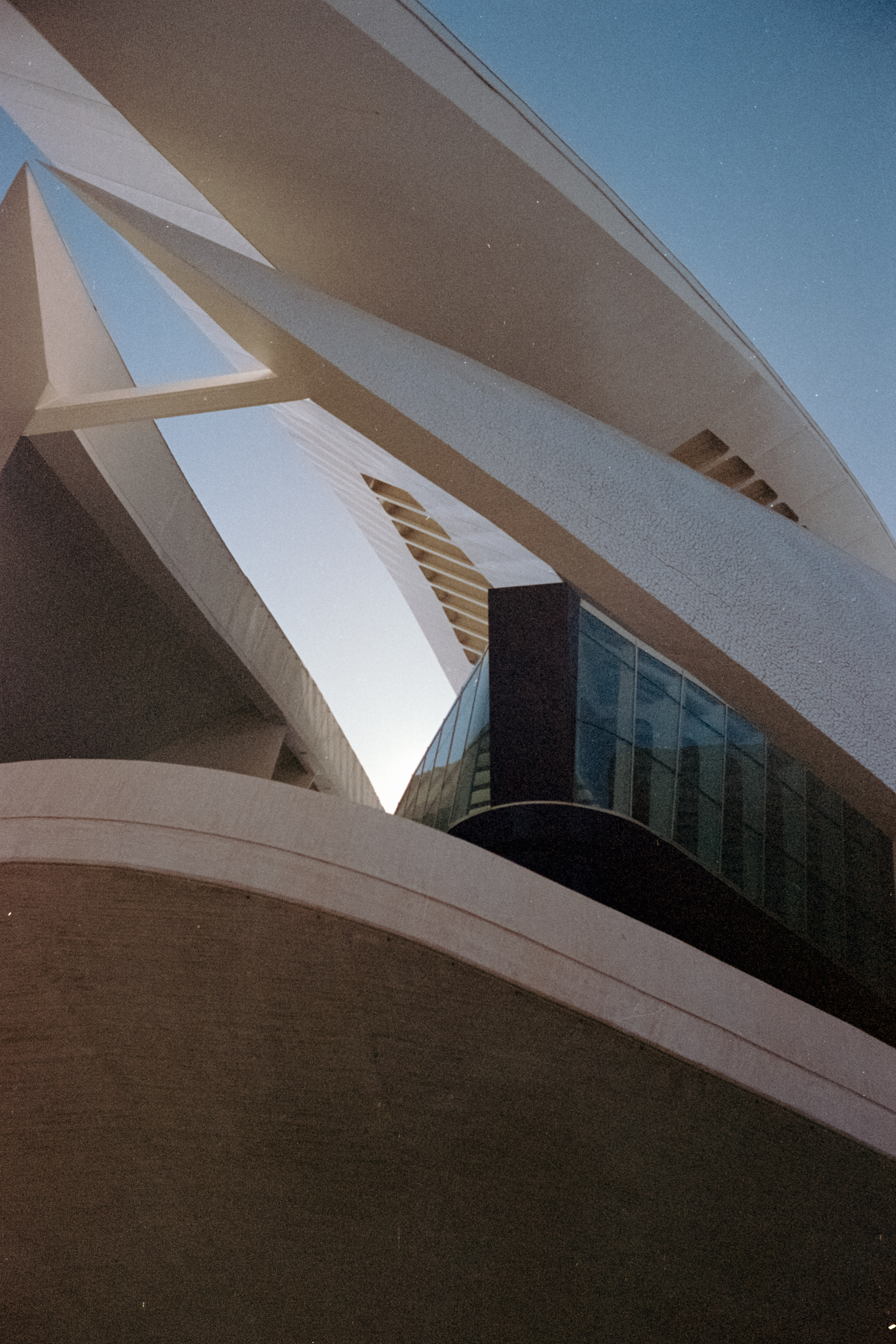
Features | Top quality automated scanning but with terrible bundled software | ★★★☆☆ |
Design | Interesting but functional automated slider, although it is noisy in operation. | ★★★★☆ |
Performance | When used with bundled software performs poorly, but is fantastic with Silverfast software (extra). | ★★★☆☆ |
Value | You will pay extra over other Plustek models for automated scanning, but you lose out on bundled software. | ★★★★☆ |
Cheapest camera scanner
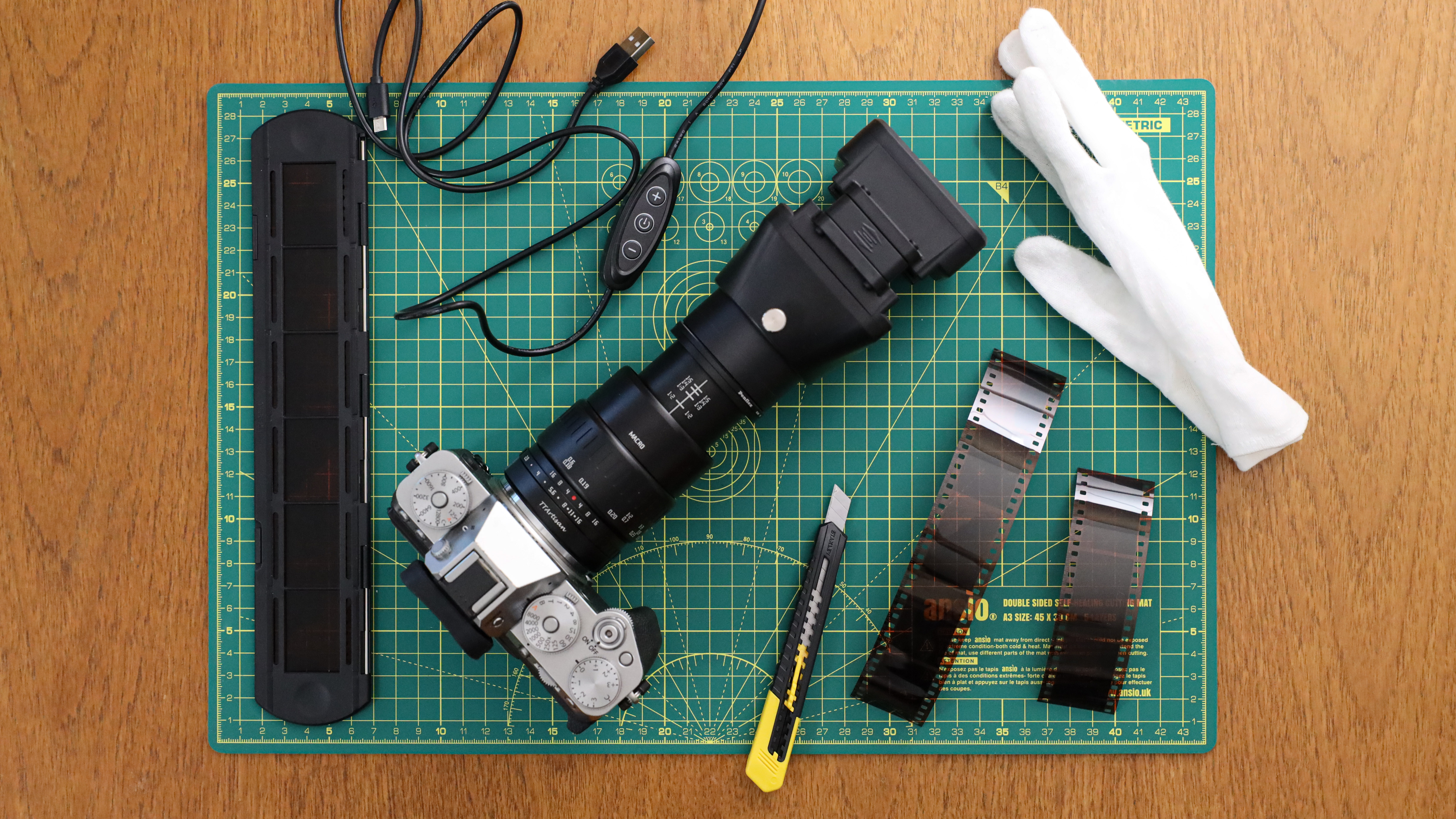
Specifications
Reasons to buy
Reasons to avoid
✅ You want one of the quickest ways to digitize negatives: camera scanning is incredibly fast, the JJC slows things down a little by limiting you to strips instead of a whole roll, but this still beats traditional scanning for speed.
❌ You don't have the required gear: you're going to need a digital camera and macro lens, which if you don't have, it's not worth the extra investment into this kit over buying a dedicated or flatbed scanner.
This is not the option to buy if you are looking for the absolute best in professional quality from your scans – but for its affordable price, the JJC Digitizer will give you a way to capture your negatives with enough detail and quality for sharing on social media or just for posterity.
The design is incredibly similar to the design of the Valoi adapter above, however, at less than half the price, although its value is reflected in the build quality with an overall cheaper plasticky feel. The key difference in design from the Valoi is its open back, whereas the Valoi is a completely sealed black box, the film loading and scanning portion of the JJC is a critical design issue and allows too much light in and to bounce around the frame which gives some uneven lighting around the edges – and the JJC just can't keep up with the stellar consistency of the Valoi easy35.
The JJC Digitizer can scan 35mm film in strips of six, or mounted slides two at a time, which isn't as quick as scanning whole rolls, but better if your film is already cut. You can technically scan half-frame film, but without a bespoke holder, there is a lot of light bleed on the middle edge. The film holder is good, although like the Plustek scanners is a bit flimsy and fiddly to load, but it keeps the film flat with sharpness throughout the frame.
However, the biggest downside of the JJC (also a big issue for camera scanning in general) – despite the kit being very affordably priced, to get scanning your negatives, you also need a digital camera, macro lens, and conversion software, which if you don't, the JJC Digitizer is suddenly no longer so much of a bargain and you are better off looking at a dedicated scanner like the Plustek.
Read more: JJC Film Digitizing Adapter Set review
Features | Comes with everything you need to get scanning if you have the camera and lens. | ★★★★☆ |
Design | Feels very cheap, with dated parts like a Micro USB. The open design also makes it all too easy to let in stray light. | ★★★☆☆ |
Performance | Acceptable performance, the film is held flat and the light is strong and color consistent, but some light leaking around the edges of images let it down. | ★★★☆☆ |
Value | A much lower price than its Valoi rival, but the quality and design suffer for it. | ★★★☆☆ |
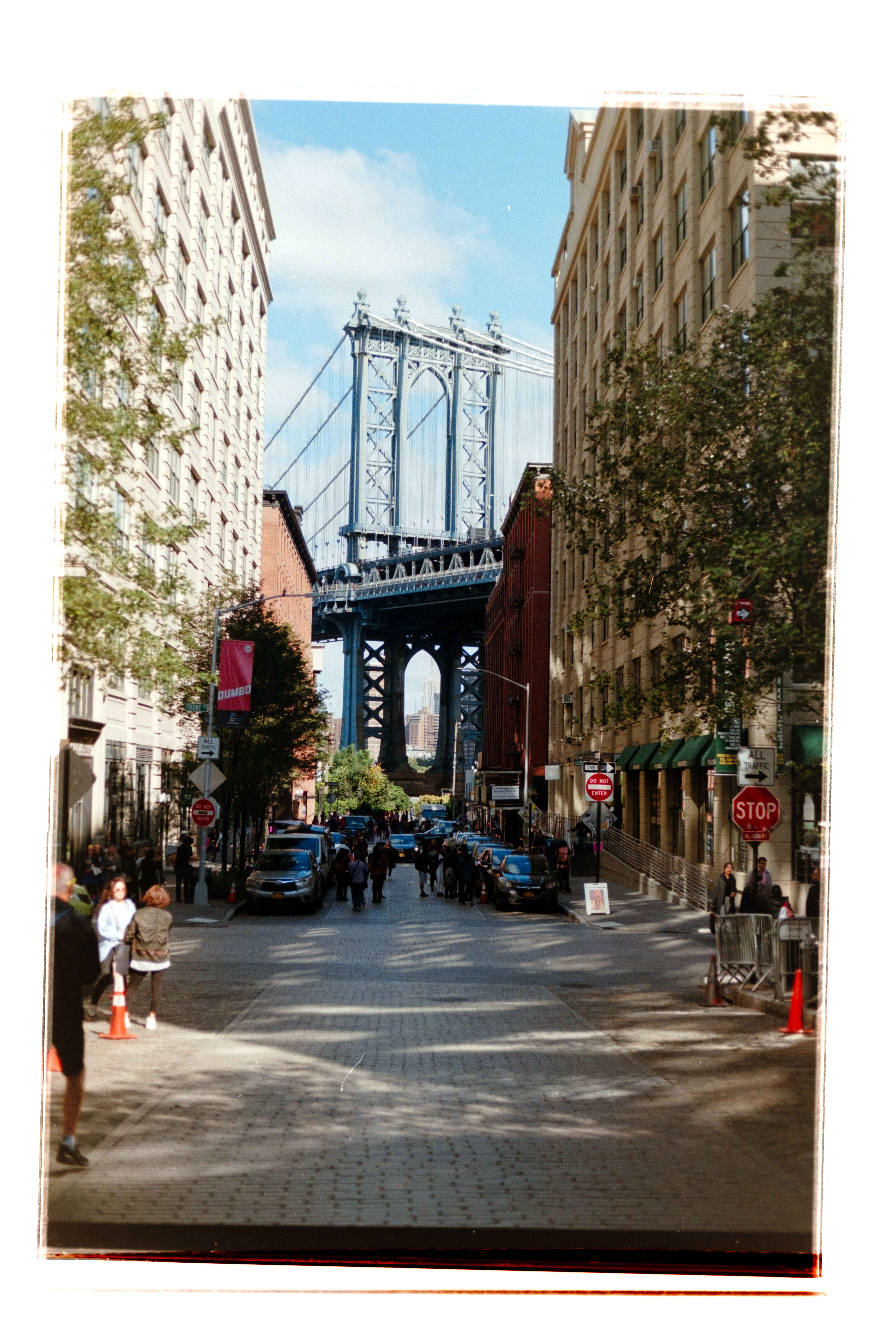

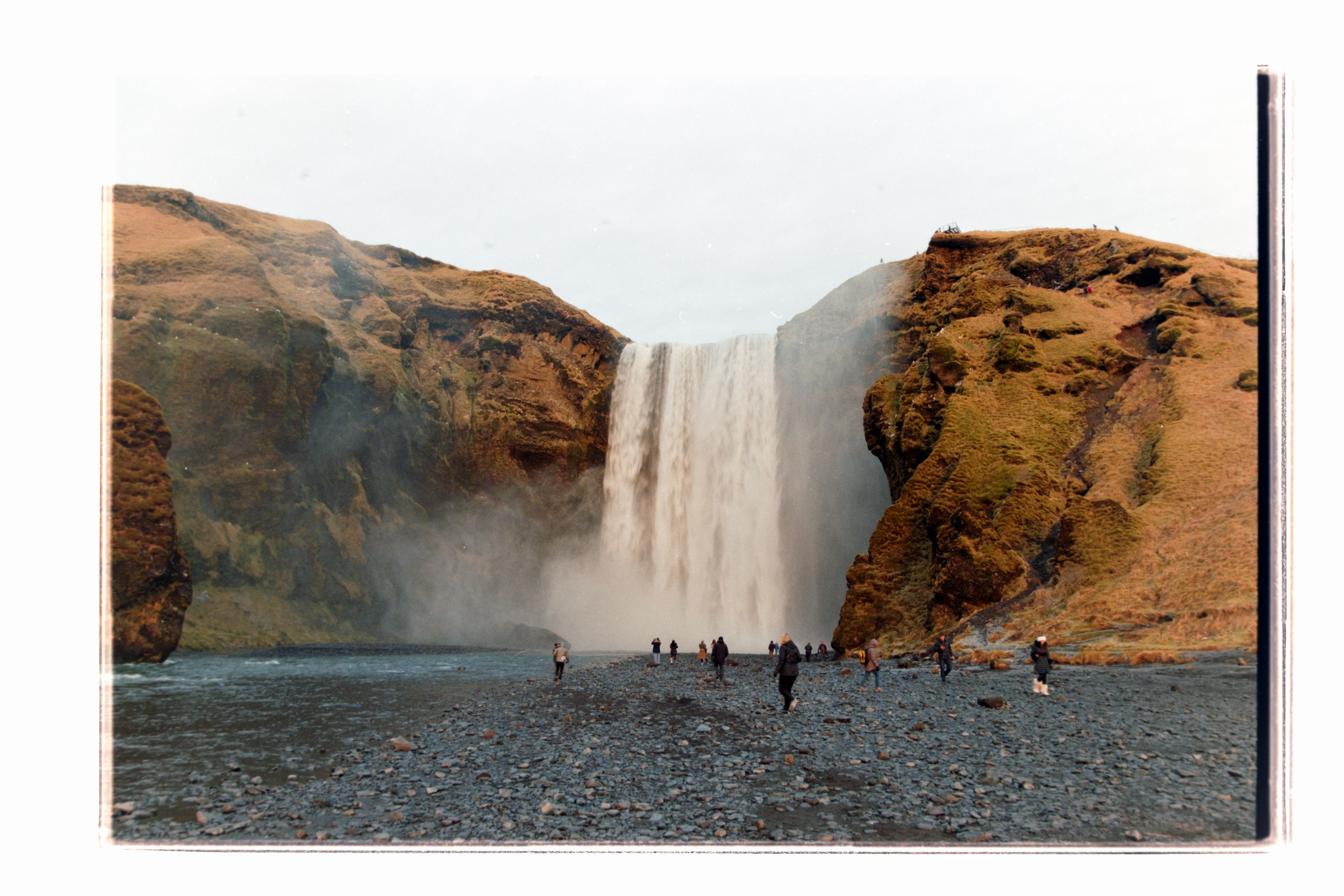
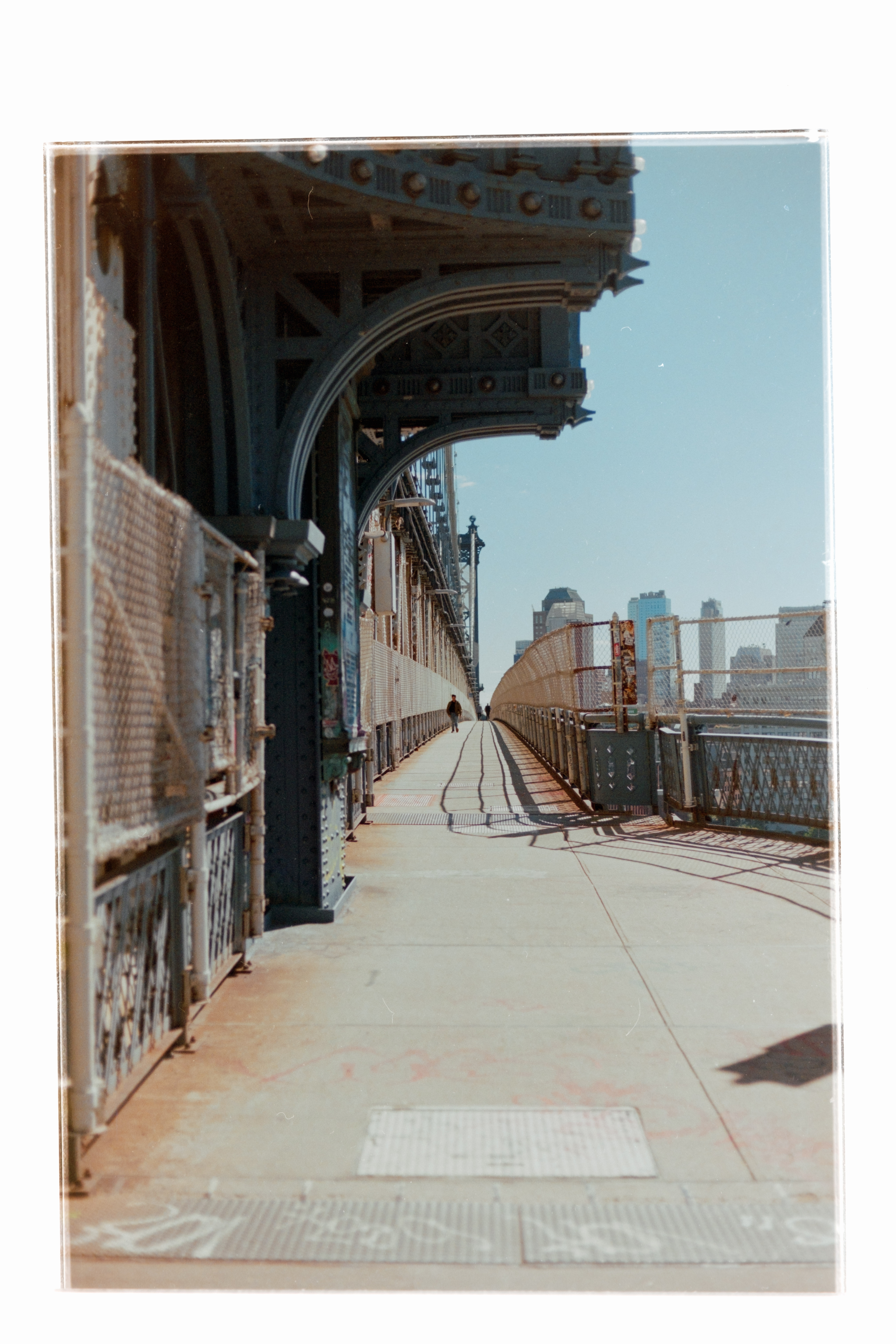
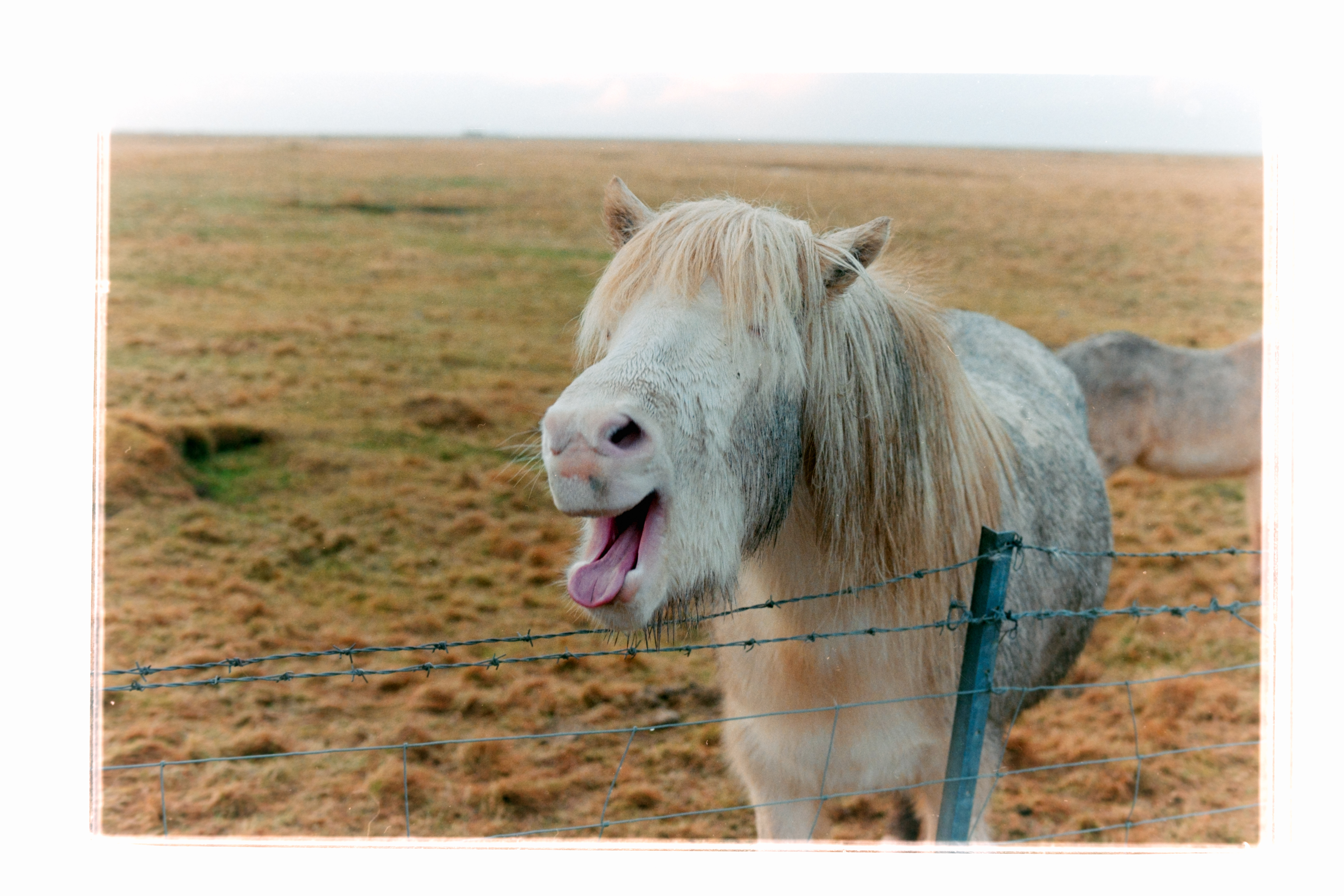
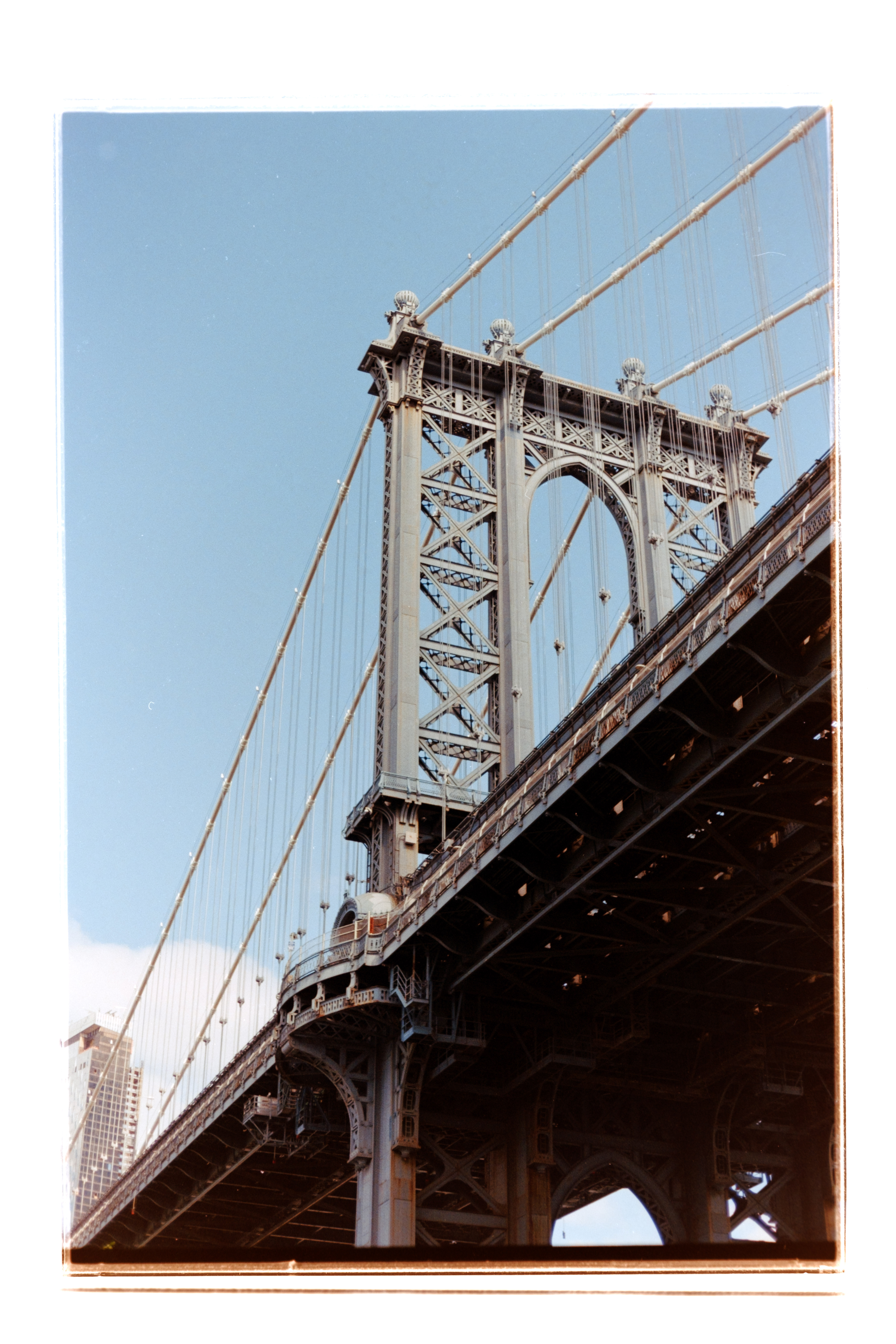
Best film scanner for Super 8 film
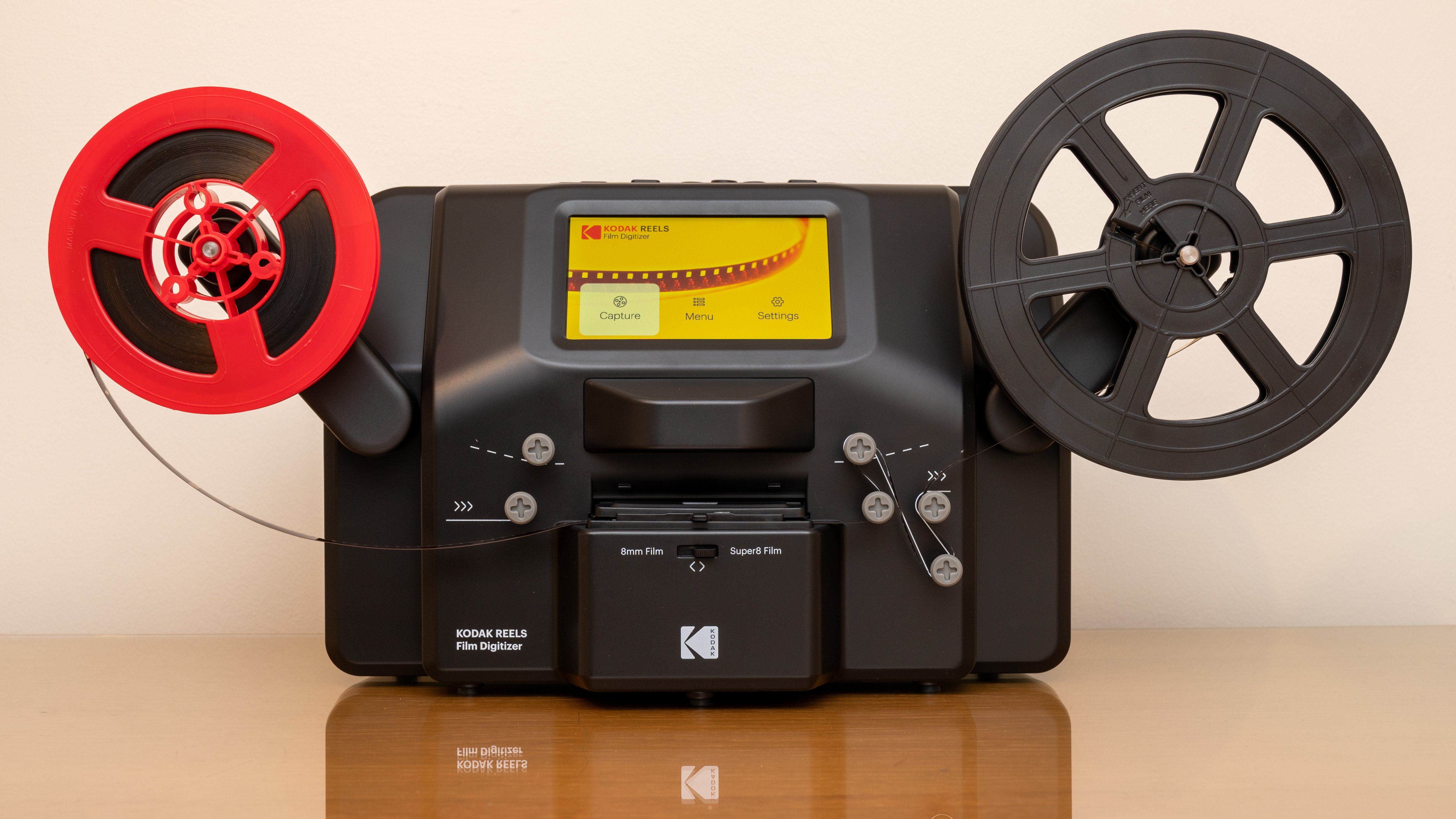
Specifications
Reasons to buy
Reasons to avoid
✅ You want an affordable way to digitize movies: there aren't many options for digitizing film reels at home, and certainly not as affordable as this.
✅ You want a simple system: this system is easy to use so you can get digitizing quickly.
❌ You want to record in 4K: here you are limited to just 1080p video when 4K is desirable today.
❌ You want to add audio directly: there is no way to add an audio file directly to the digitized recording, both need to be stitched together on a computer.
Digitizing old reels of cine film used to be much more complicated, as you needed to find a working projector, as well as a video camera and a screen. But this ingenious device does it all in one – allowing you to convert your Super 8 and normal 8mm cine films into MP4 digital files.
It might be sold under the licensed Kodak brand name, but it is widely compatible with 7in, 5in, or 3in reels – converting the film to digital and saving the output onto SD memory cards. There is a small 2.3-inch LCD so you can see the film before and during recording so you don't waste your time recording damaged or blank film.
Scanning is done at two frames per second – so a 3-inch 50-foot reel will take about half an hour to digitize. Once recorded, the unit can playback the footage to your TV so everyone can see it on the big screen.
Unfortunately, there is no support for audio recording directly, so if the film has a soundtrack you will need to record that on another device and combine them in separate software. Another downside is the scanner is fairly large, and with its protruding reels is a bit of an odd shape, so storing it can be a bit of an issue.
Read more: Kodak Reels review
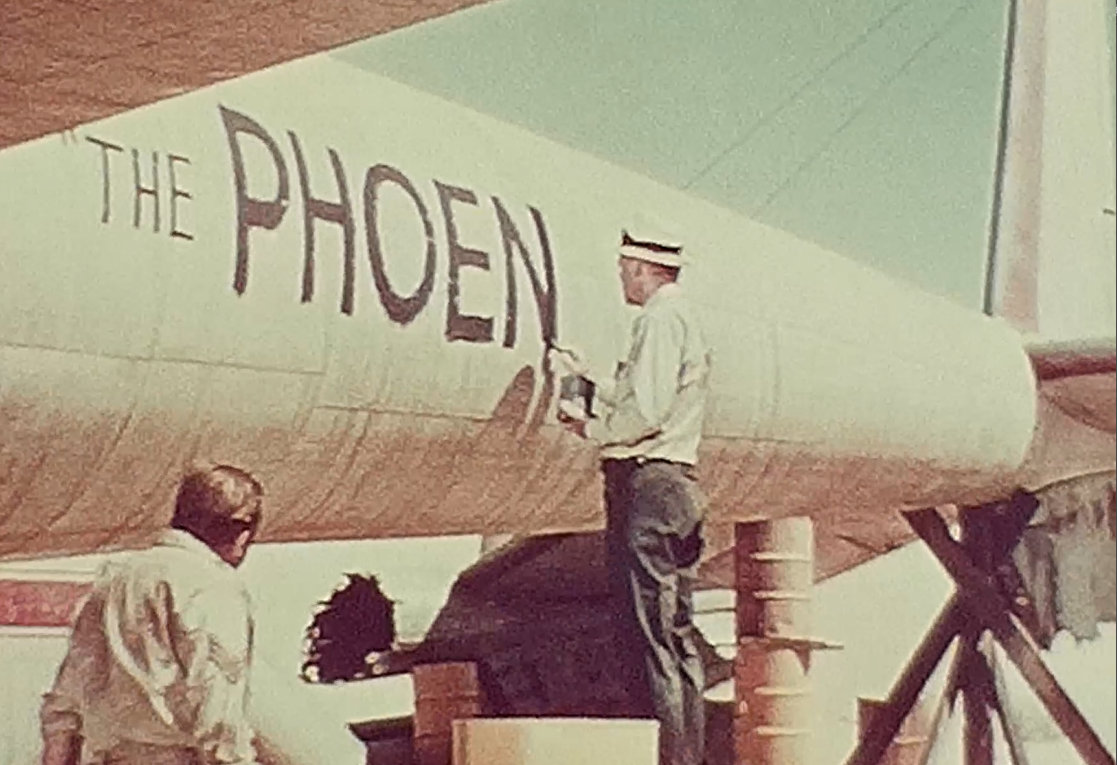

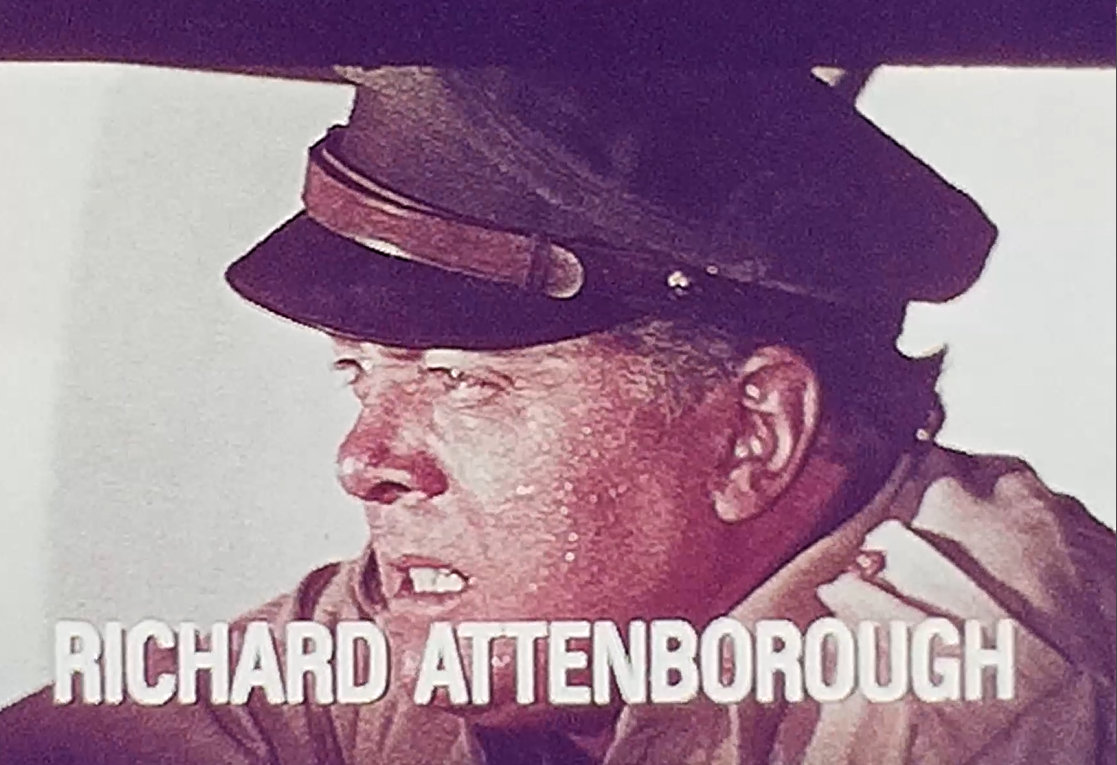
Features | Scans Super 8 film, although can't record in 4K or record audio. | ★★★☆☆ |
Design | Easy to use, although is a bulky machine that isn't easy to store when not in use. | ★★★★☆ |
Performance | Reasonably fast to scan film at 2fps, although not being able to record in 4K is disappointing. | ★★★☆☆ |
Value | Not unaffordable, but is also not cheap for quite a niche scanner. | ★★★★☆ |
Best cheap film scanner
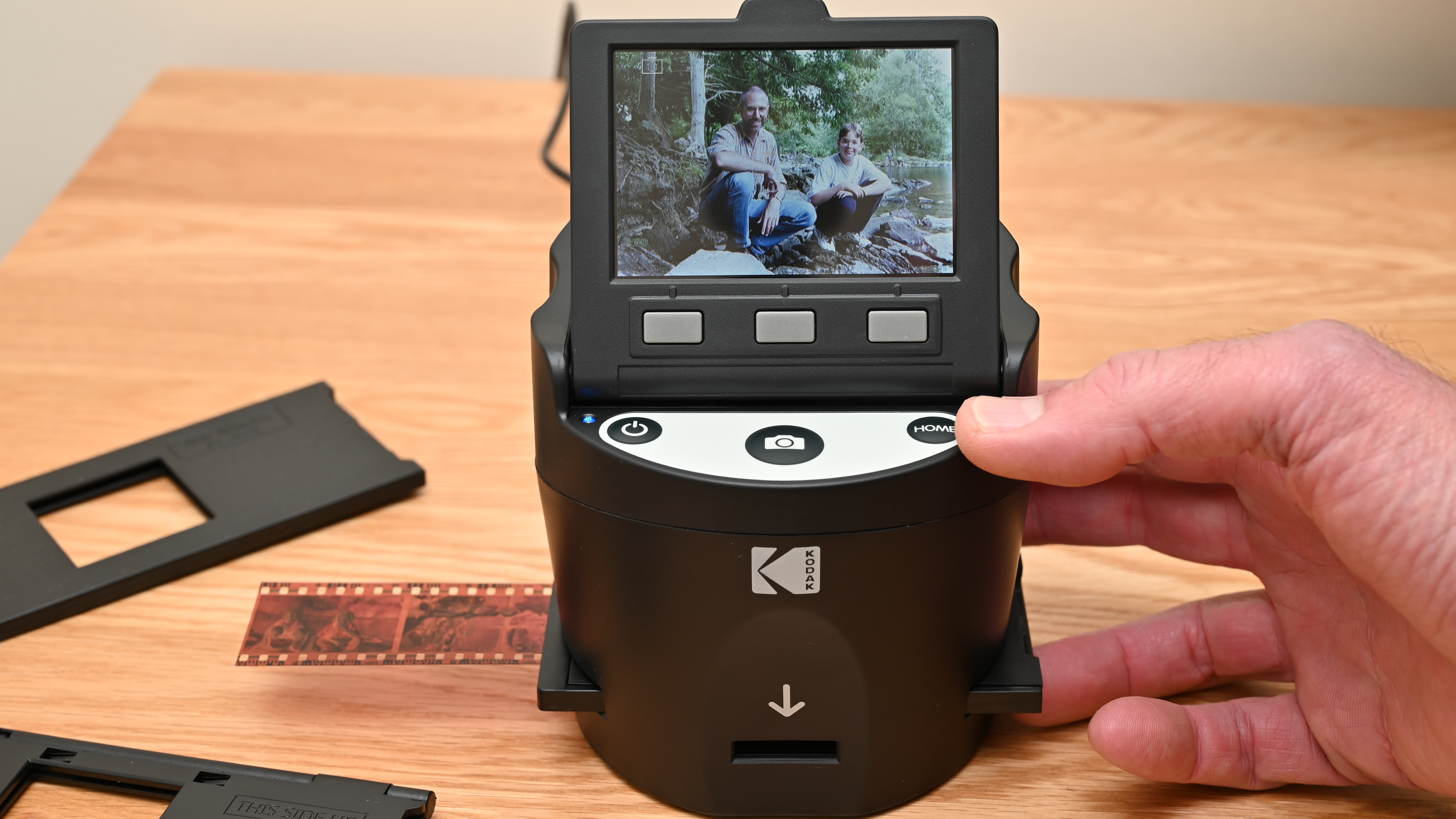
Specifications
Reasons to buy
Reasons to avoid
✅ You want a cheap way to capture memories: this is one of the cheapest options to digitize and preserve old boxes of negatives.
✅ You want a standalone scanner: you don't need to hook this up to a PC or use any software, images can be recorded directly to and SD card.
❌ You want good image quality: digital scanners like this don't have the best image quality, but they are quick and effective.
❌ You want to scan large format: there are lots of scanning options for popular film types, but nothing bigger than 35mm.
If you're part of the shoebox generation, chances are you've got a treasure trove of memories stored in the form of exposed negative film and transparencies, stashed away somewhere in the nooks of your home. You might not need these to be scanned to a professional quality, instead just preserved for posterity. The Kodak Scanza is the most affordable option on this list for doing just that.
The Scanza is a convenient solution to breathe new life into those cherished memories, allowing you to easily convert them into digital formats without much know-how. With minimal hassle and effort, your old photos can seamlessly be copied on an SD card that can be transferred onto your computer, or phone, or shared with the world.
Its user-friendly interface is easy to follow, simplifying the otherwise daunting task of digitizing film. However, where the scanner lets itself down is with its delicate art to handling film which makes the process a bit trickier than is ideal.
Now why did I preface this by saying this scanner is best for just preserving memories? While it does a commendable job at transforming analog into digital, there's a lot of room for improvement in the realm of image quality. Digital scanners are not a patch on their optical scanner brethren. If you want quality that you can show off online, or in prints then look to the Plusteks and Epson scanners higher up this list. But for everyone else, the Kodak Scanza might do a decent enough job.
Read more: Kodak Scanza Digital Film Scanner review
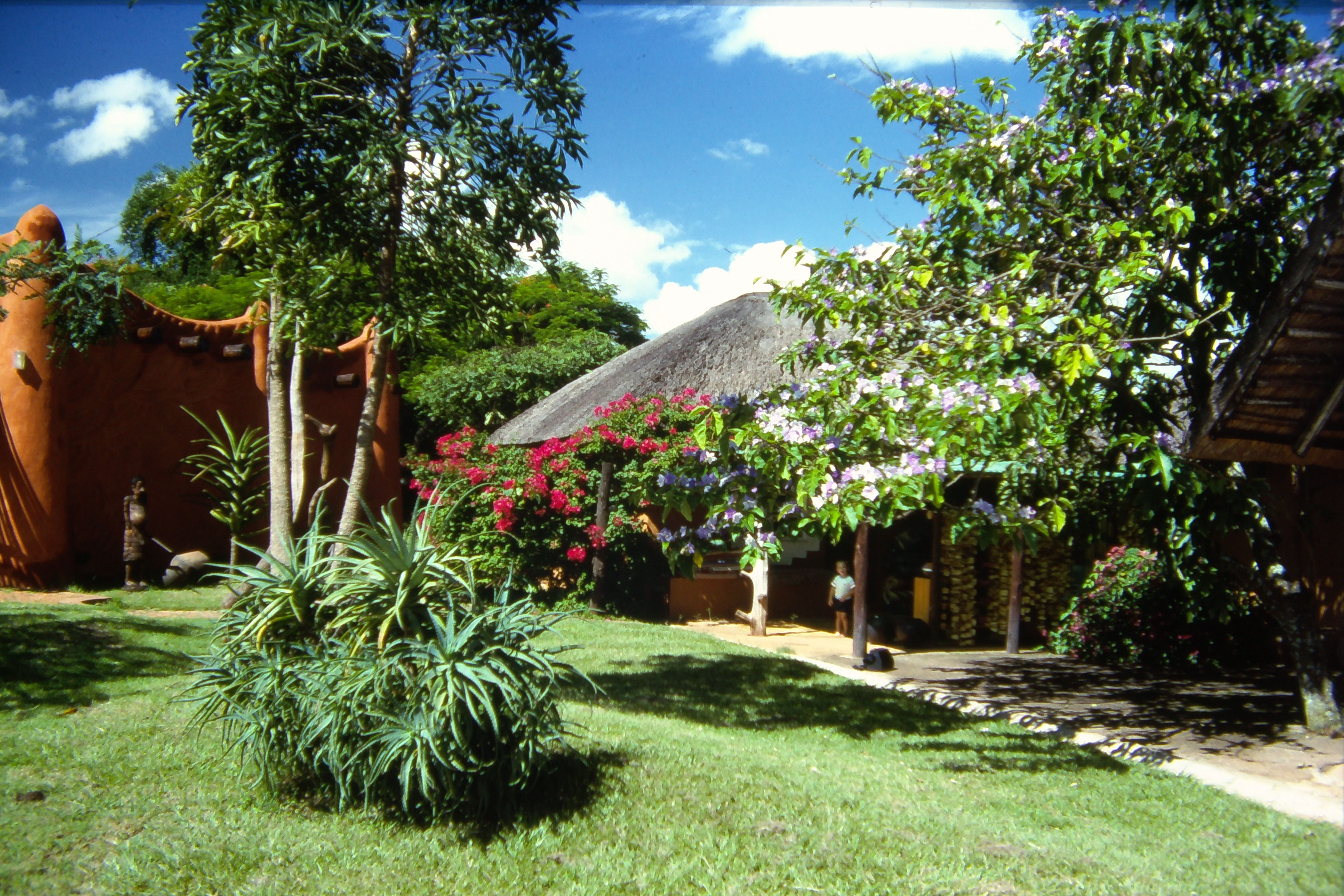
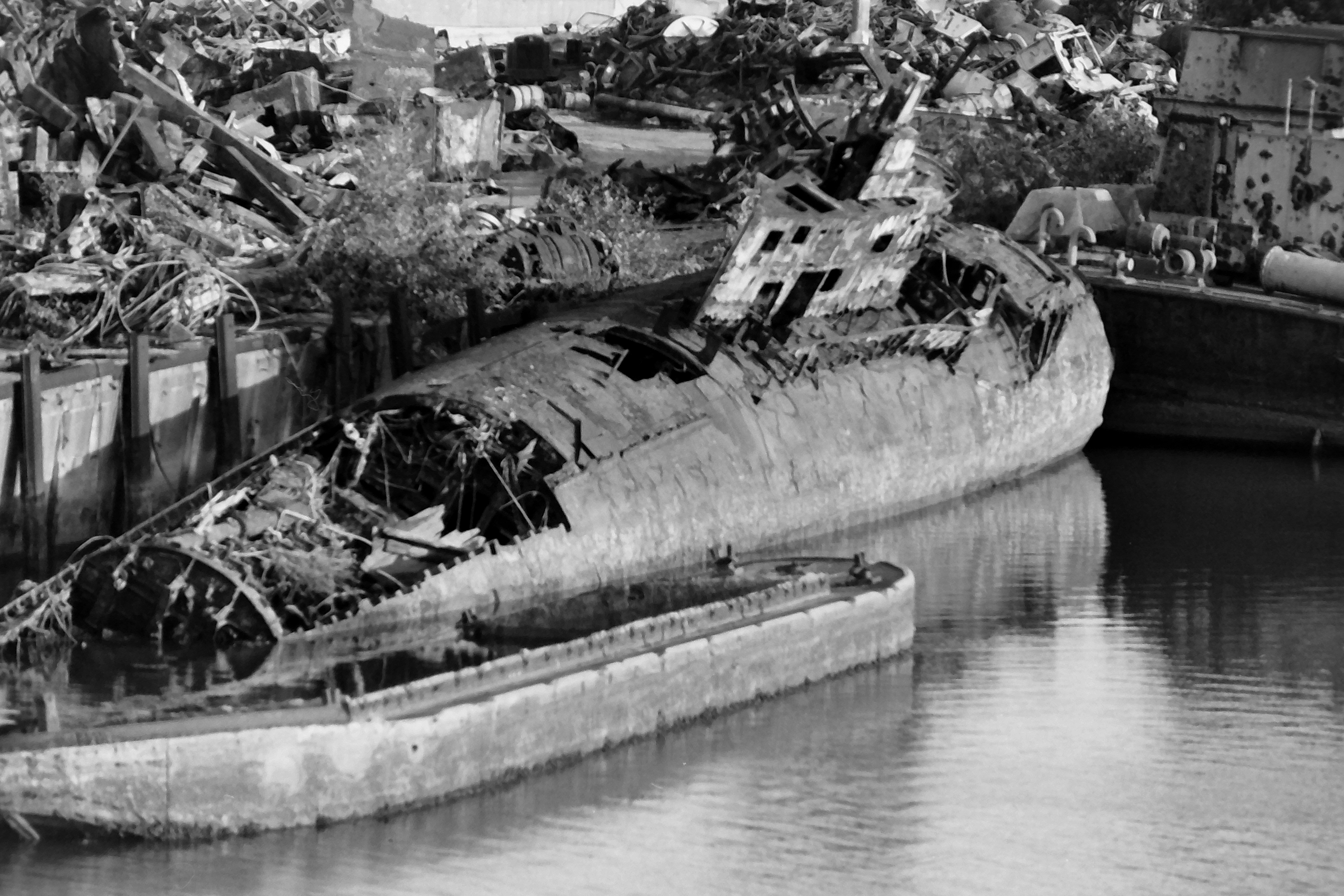
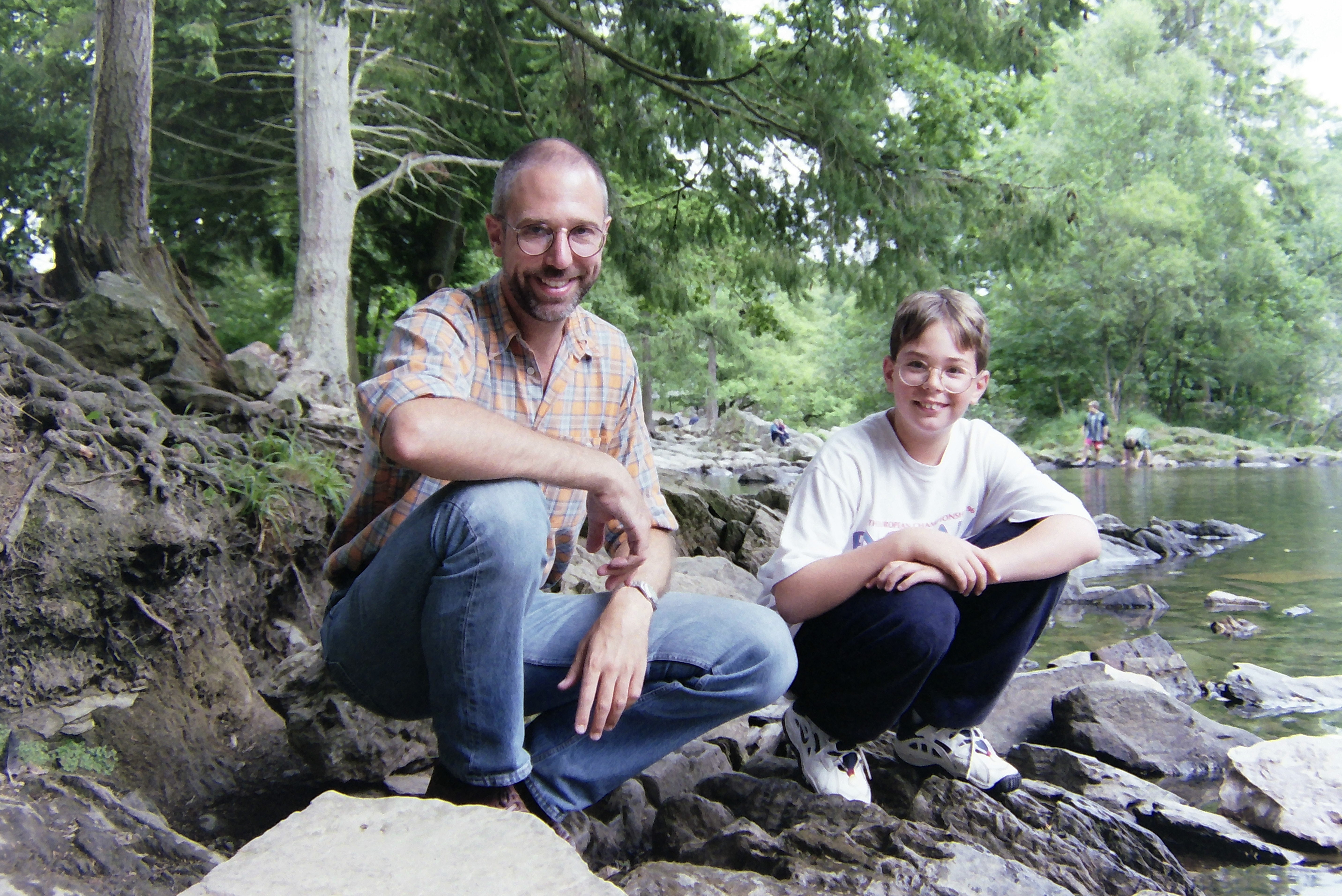
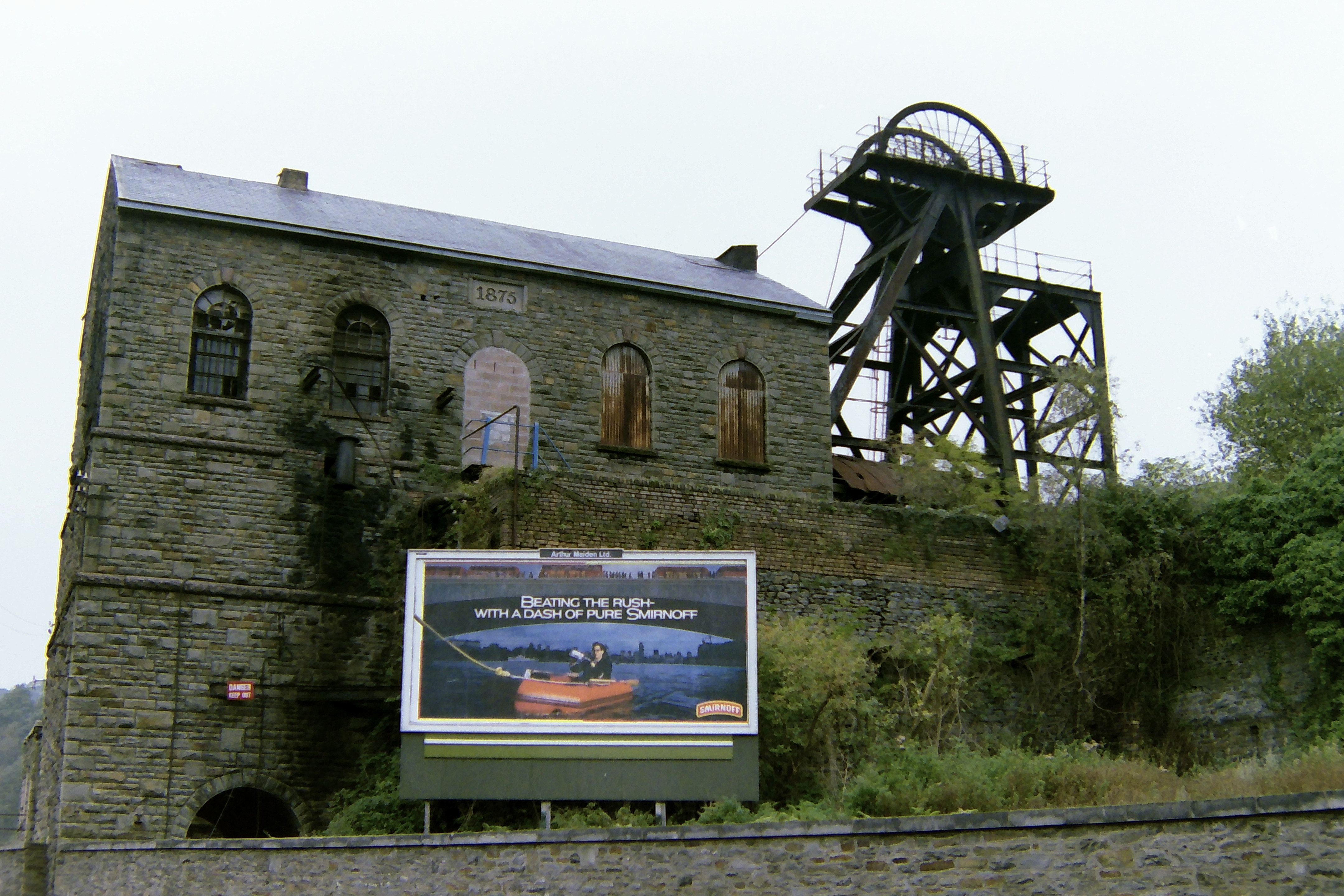
Features | Simple and effective with built in screen and no need for a computer. | ★★★☆☆ |
Design | Interface is quirky to use and the film loading is a little tricky. | ★★☆☆☆ |
Performance | Not the best image quality, but acceptable enough if you don't intend to display images. | ★★☆☆☆ |
Value | One of the most affordable ways to digitize your precious memories. | ★★★★☆ |
Best simple to use film scanner
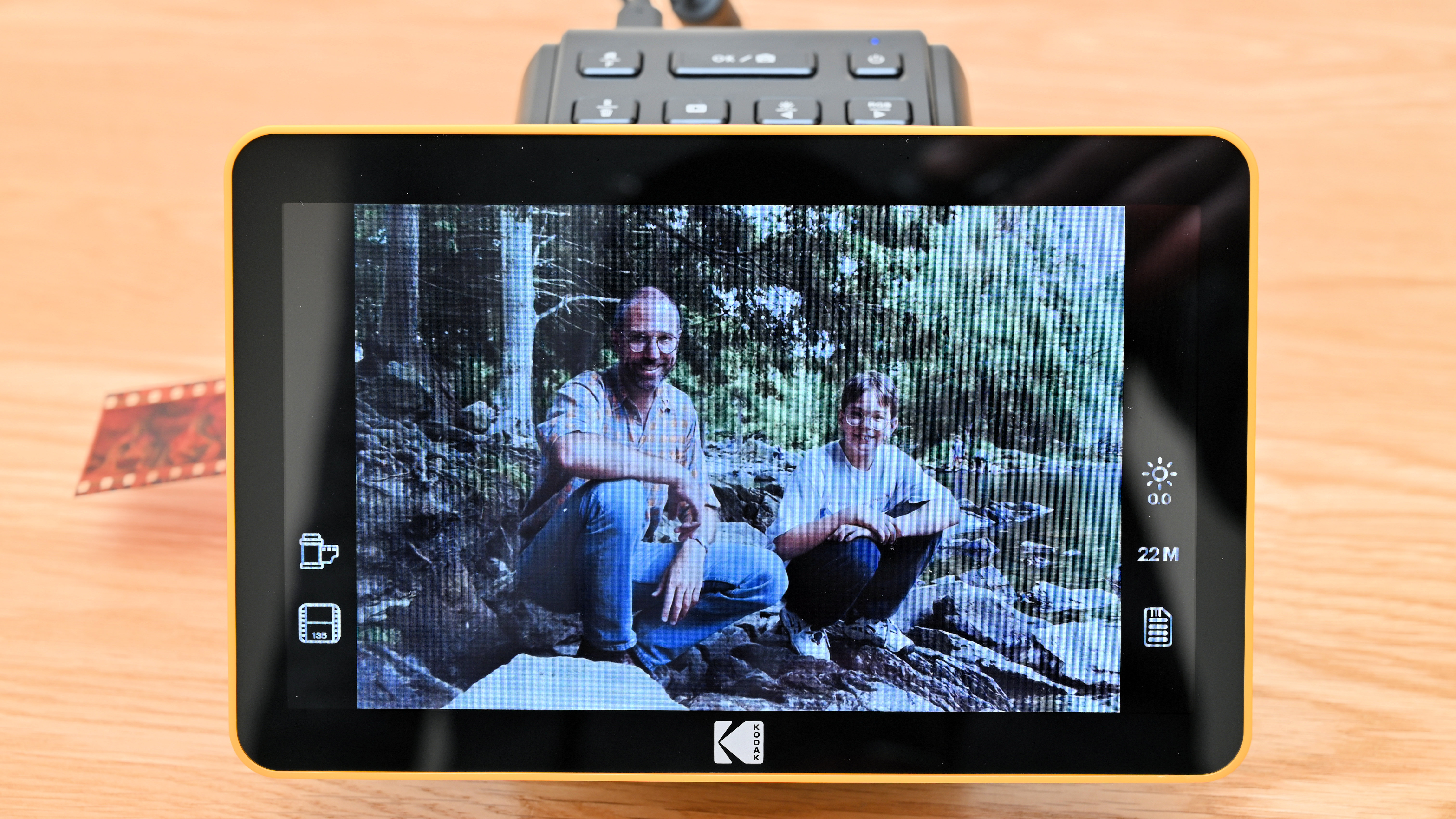
Specifications
Reasons to buy
Reasons to avoid
✅ You want a simple-to-use scanner: the easiest scanner to use, the big screen, and physical buttons make digitizing simple.
✅ You don't want to use a computer: this scanner can be used on its own, with images recorded directly to an SD card, not complicated software needed!
❌ You want the best image quality: digital scanners do not have image quality to rival proper scanners, with pretty mediocre quality here.
❌ You are looking for the cheapest option: not quite as easy to use, but the Kodak Scanza (above) is a cheaper option with about the same quality.
When compared to the Kodak Scanza Scanner (above), which sits at a slightly lower price point, this alternative option presents a few enhancements in design although not really bettering the cheaper model in scan quality.
In terms of performance, scanning with this device is notably swift. It efficiently processes scans, delivering prompt results. However, it's essential to note that while the speed is impressive, the resulting image quality might not reach the heights of quality or detail that some users may be hoping for. Images taken with a digital scanner lack the crispness and clarity of a dedicated scanner, however, for just digitizing memories for personal use, then this might be acceptable.
But a noticeable improvement that might make this a more worthwhile purchase over its cheaper sibling is its generously sized screen, allowing for better previewing of scans and offering a more engaging experience when viewing images in Gallery mode or slideshows after the scanning process.
Another divergence lies in the control panel. Here, it opts for a different layout, relying solely on pushbuttons, which are easy enough to use, but I expected the larger LCD to support touch functionality, which seems a given in this day and age. However, despite this limitation, operating this scanner remains straightforward and efficient, even if the quality could be better.
Read more: Kodak Slide N Scan Digital Film Scanner review
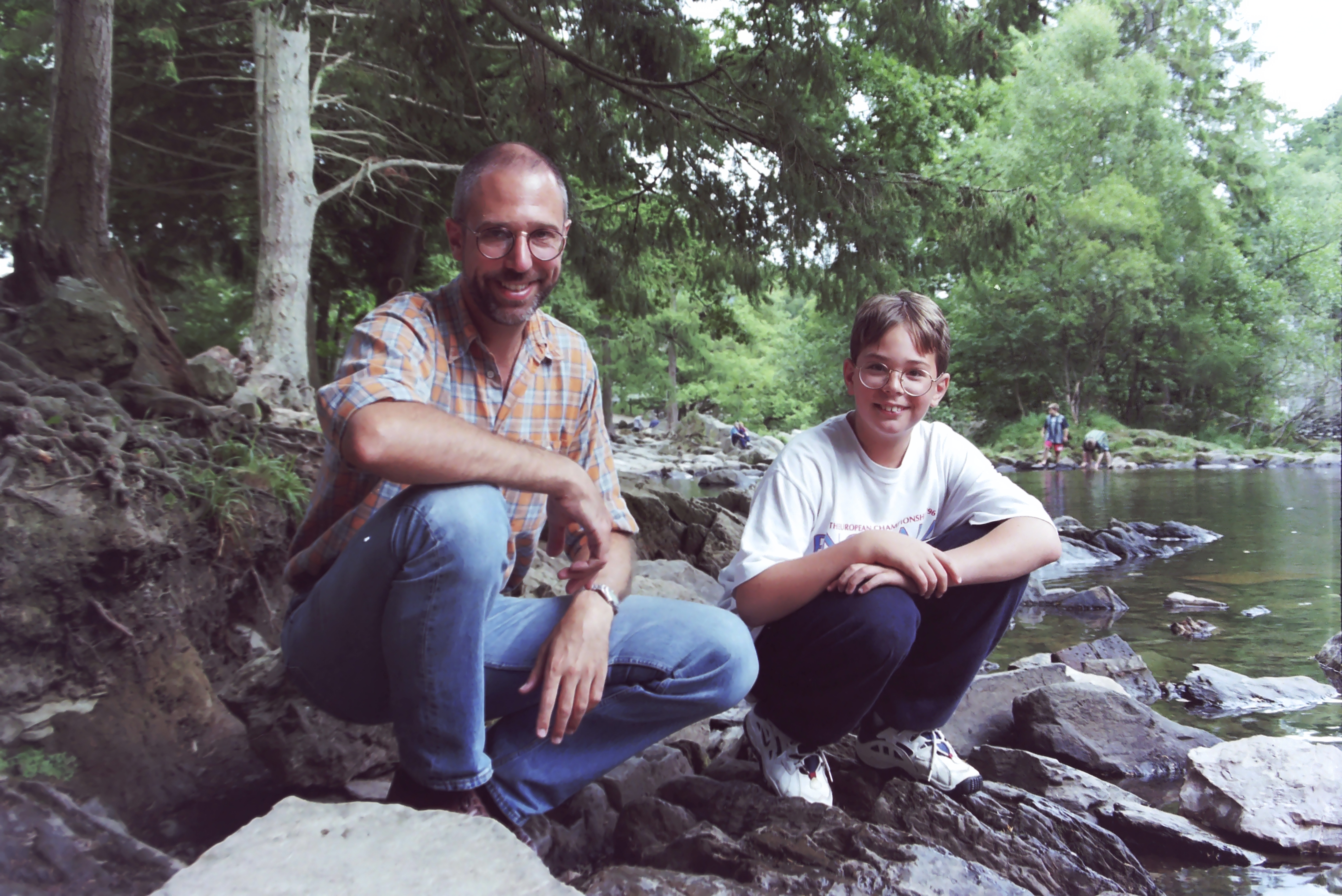
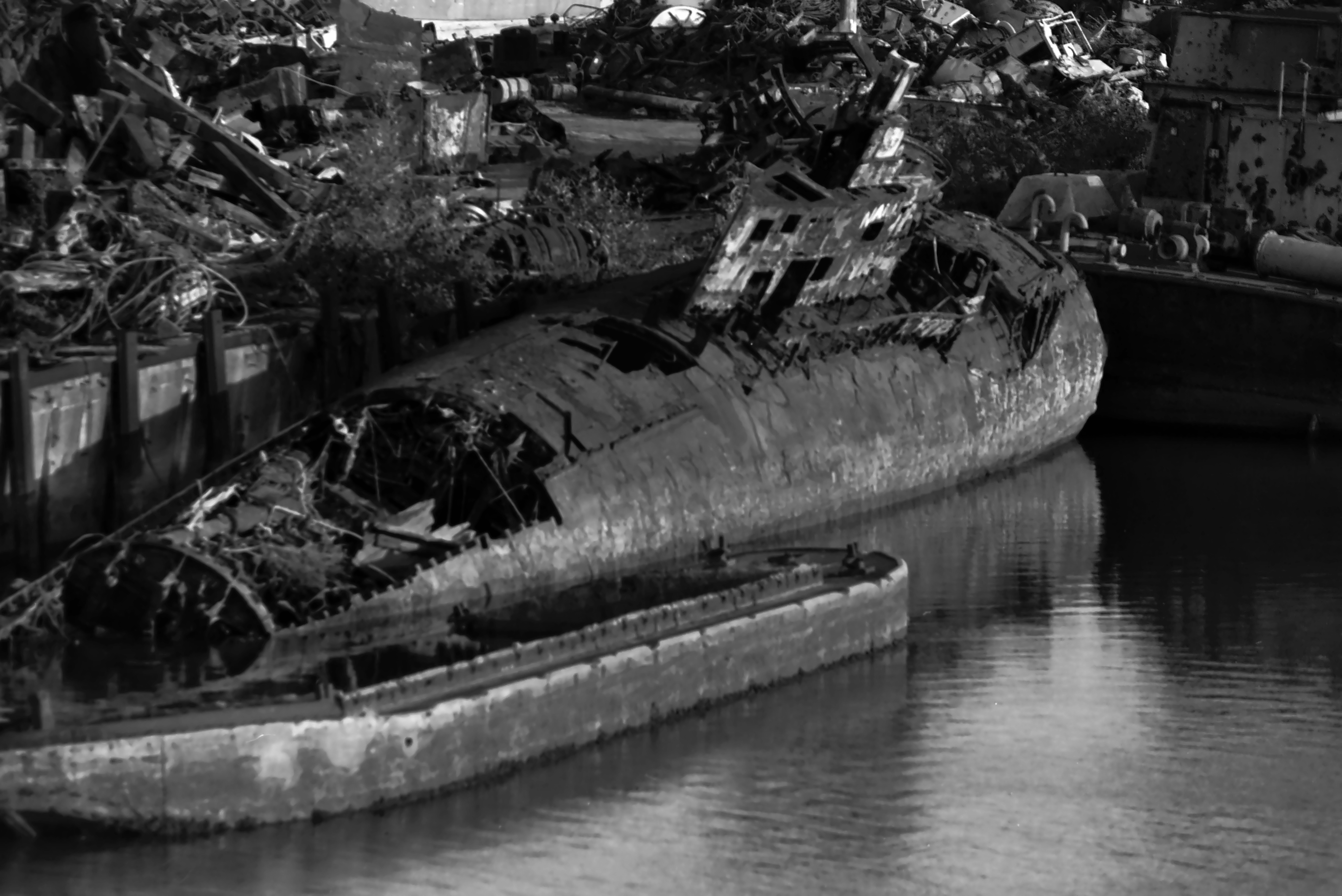

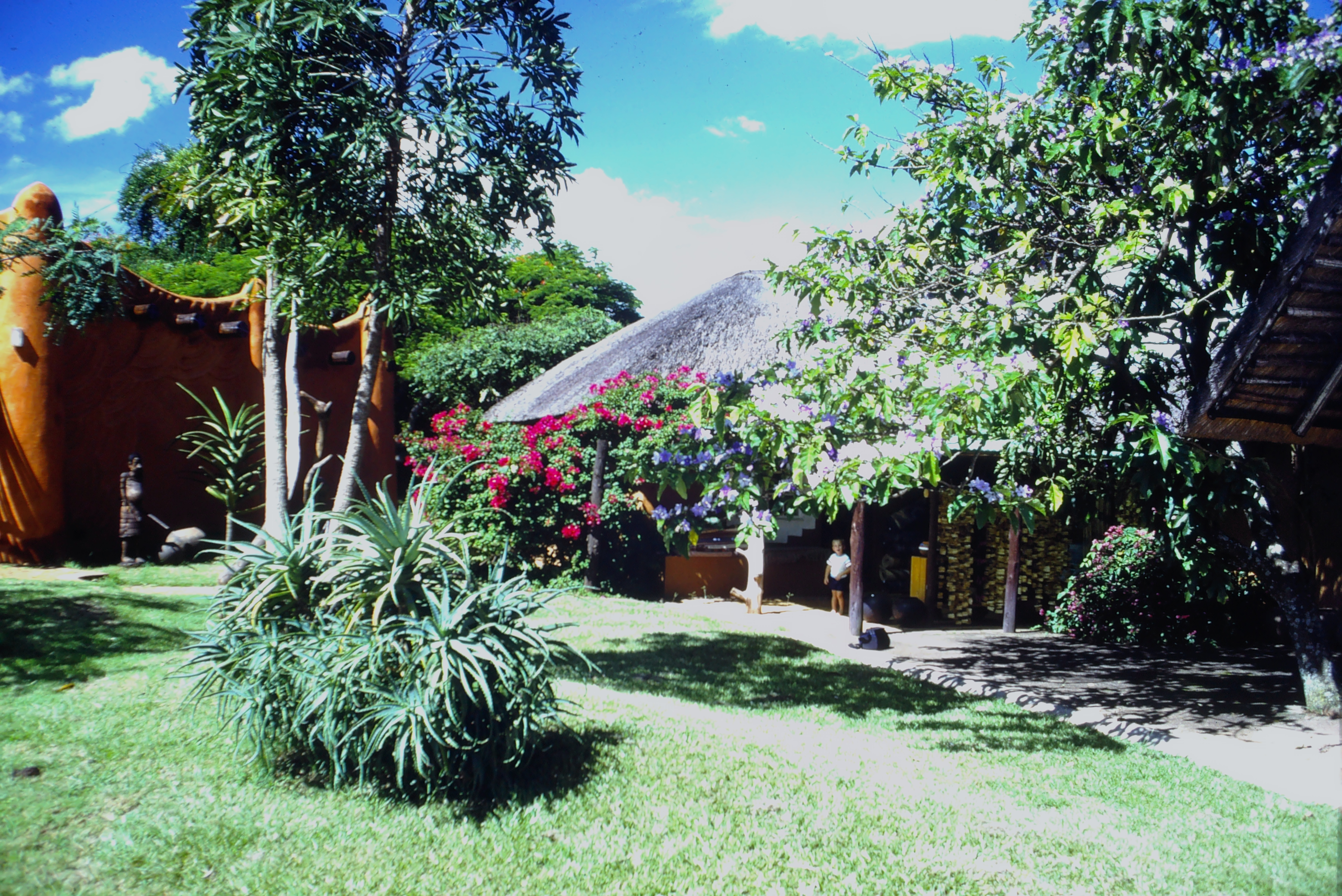
Features | Quick way to scan 35mm slides and a big screen makes it easy to use, although curiously not a touchscreen. | ★★★☆☆ |
Design | The large screen makes it easy to review images, and you don't need a computer. | ★★★☆☆ |
Performance | Quality is not particularly good for displaying images, but is fine for simply digitizing memories. | ★★☆☆☆ |
Value | Good value, and only marginally more expensive than the above Kodak for a much better device. | ★★★★★ |
How to choose the best film scanner
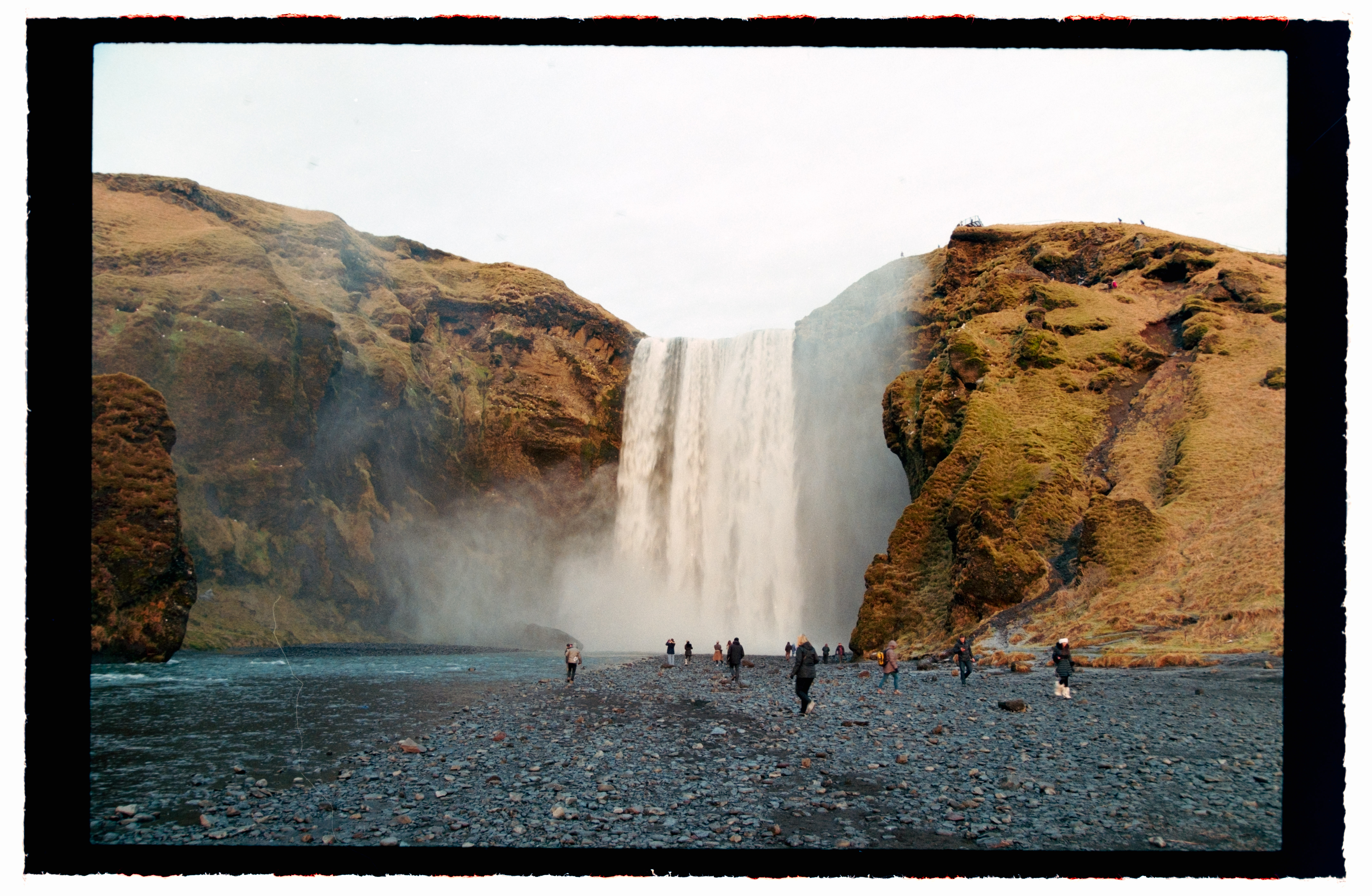
So how do you choose the best film scanner? It depends on both how many negatives you have, and what format they are in.
Let's start with film formats. The most common film format is 35mm, this is the standard roll of 24 or 36 exposures that you usually find in drug stores or preloaded in disposable cameras. Other common types of film are mounted slides, which are negatives mounted within a white cardboard border, and medium format or 120 film, which is several times larger per frame than 35mm.
Flatbed scanners are the most useful for scanning multiple varieties of film formats, as they have a large scanning surface, so if you shoot perhaps both 35mm and 120mm film, then a flatbed scanner like the Epson V850 is an easy choice.
If you only need to scan 35mm film, a dedicated scanner might be a much smaller and more convenient option, and typically offers higher resolutions and image quality from their more controlled and dedicated sensors.
Now, how about the quantity of film you have to scan? If you are looking to scan large quantities of film then a flatbed scanner might be the choice for you, as they are capable of scanning multiple film frames automatically with minimal user input. Dedicated film scanners typically require a bit more manual interaction to move films through the scanning process and only scan one frame at a time. The Plustek OpticFilm 135i tries to bridge the gap between quality and speed but still takes more input than a flatbed scanner.
Lastly, where you will use the film determines what maximum scanning resolution you will need. Don’t be swayed by sky-high scanning resolutions. Unless you’re digitizing extremely slow film speed, 3,200 dpi will be more than enough for most smaller films, or even medium format. Film does not have the same resolving power as today's digital sensors, so don't expect miraculous detail.
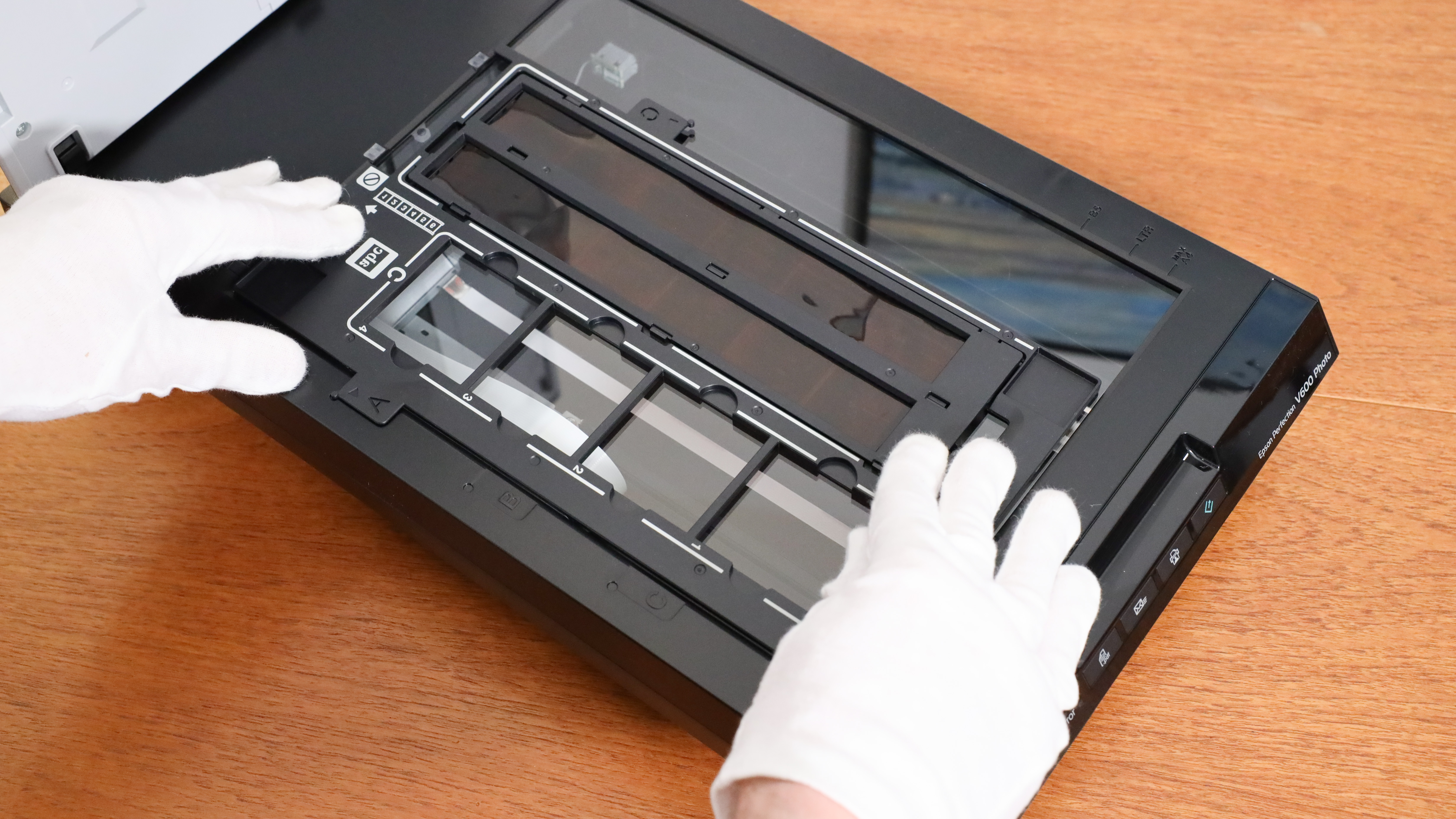
What is the best software to scan film?
A lot of film scanners will come with some scanning software included, this might be first-party scanning software from the company that makes the scanner, or they might lean on third-party software that has the benefit of working on any supported scanner from multiple brands.
Scanner software can range in quality and functionality, with third-party software typically offering more control over your scans, but sometimes this choice can be overwhelming.
Two of the best choices for third-party scanning software are SilverFast by LaserSoft Imaging or VueScan from Hamrick. Silverfast is often bundled with more advanced scanners, it is very powerful although its dated interface isn't for everyone. Vuescan offers a cleaner interface and similar advanced features but must be bought as a separate purchase from the scanner.
What is camera scanning?
If you already have a mirrorless or DSLR digital camera and a high-quality 1:1 macro lens, then you can also "scan" your film using your camera, this is useful as you can scan any film format, and also very quickly.
However, this method takes a fair amount of careful setup, calibration, and technique, so is not for everyone, but with the right film scanning tools to flatten your film and a high CRI (color rendering index) backlight, you can get film "scans" that are indistinguishable to any of the best dedicated film scanning machines.
How we test film scanners
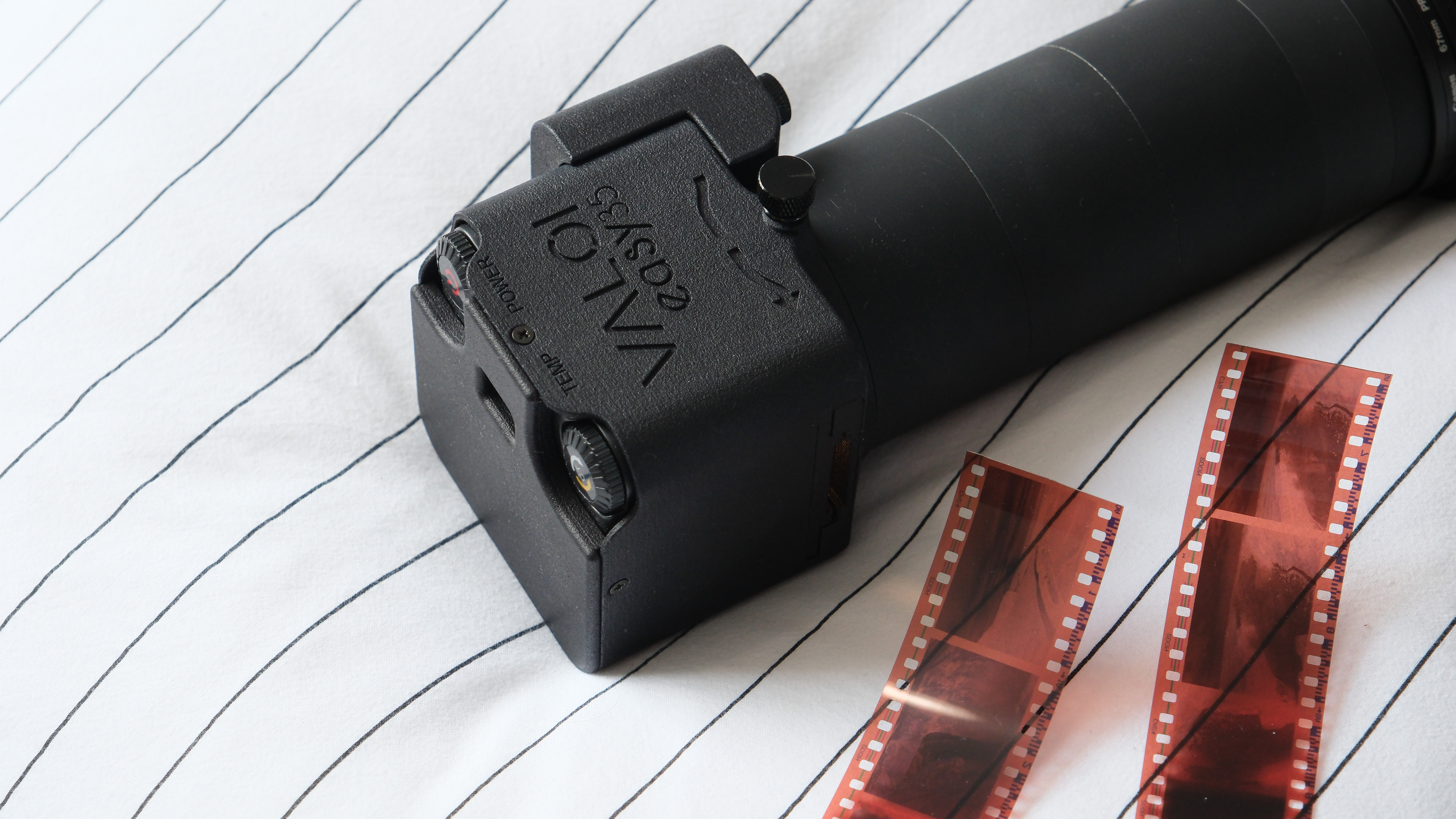
It might seem self-explanatory, but I tested these film scanners by scanning rolls of film. I tested the scanners with a variety of films covering different manufacturers, color profiles, and film speeds, as well as black and white emulsions. The film was also shot on a few different film cameras, which is a good test of consistency. Finally, I tested the scanners with newly developed film straight from the lab, but also with film taken over a decade ago to see how well each scanner performs with older negatives.
☑️ Over two thousand products tested and reviewed
📷 7 years of experience testing camera gear and accessories
👥 Team of knowledgeable and passionate reviewers who love photography
✖️ Reviews and guides are unbiased – and never influenced by brands
While I have my ideal settings locked and loaded, I appreciate not everyone might like my tastes in color and contrast, so I test each scanner at a variety of resolutions and settings and compare the results to give a broader range of how the scanners might handle different photographers preferences.
In the resulting scans, I look for a variety of factors including image quality, focus accuracy, sharpness, color accuracy, and color vibrance/saturation to assess it against how I would expect each film to look if scanned at a professional lab based on my prior experience and reference samples.
Last but not least, I also assess the build quality and ease of use of every scanner, as well as any software provided (or perhaps not provided) with the scanner, and assess how this affects the functionality and usability of each model.
The best deals on film scanners
Get the Digital Camera World Newsletter
The best camera deals, reviews, product advice, and unmissable photography news, direct to your inbox!

Gareth is a photographer based in London, working as a freelance photographer and videographer for the past several years, having the privilege to shoot for some household names. With work focusing on fashion, portrait and lifestyle content creation, he has developed a range of skills covering everything from editorial shoots to social media videos. Outside of work, he has a personal passion for travel and nature photography, with a devotion to sustainability and environmental causes.
